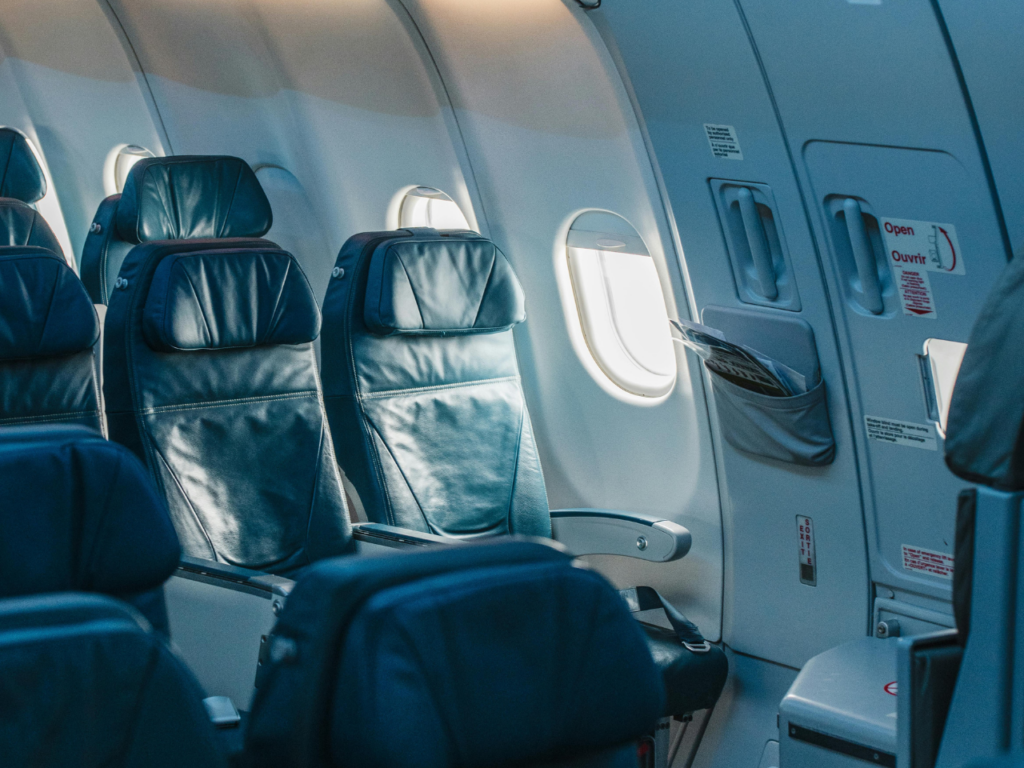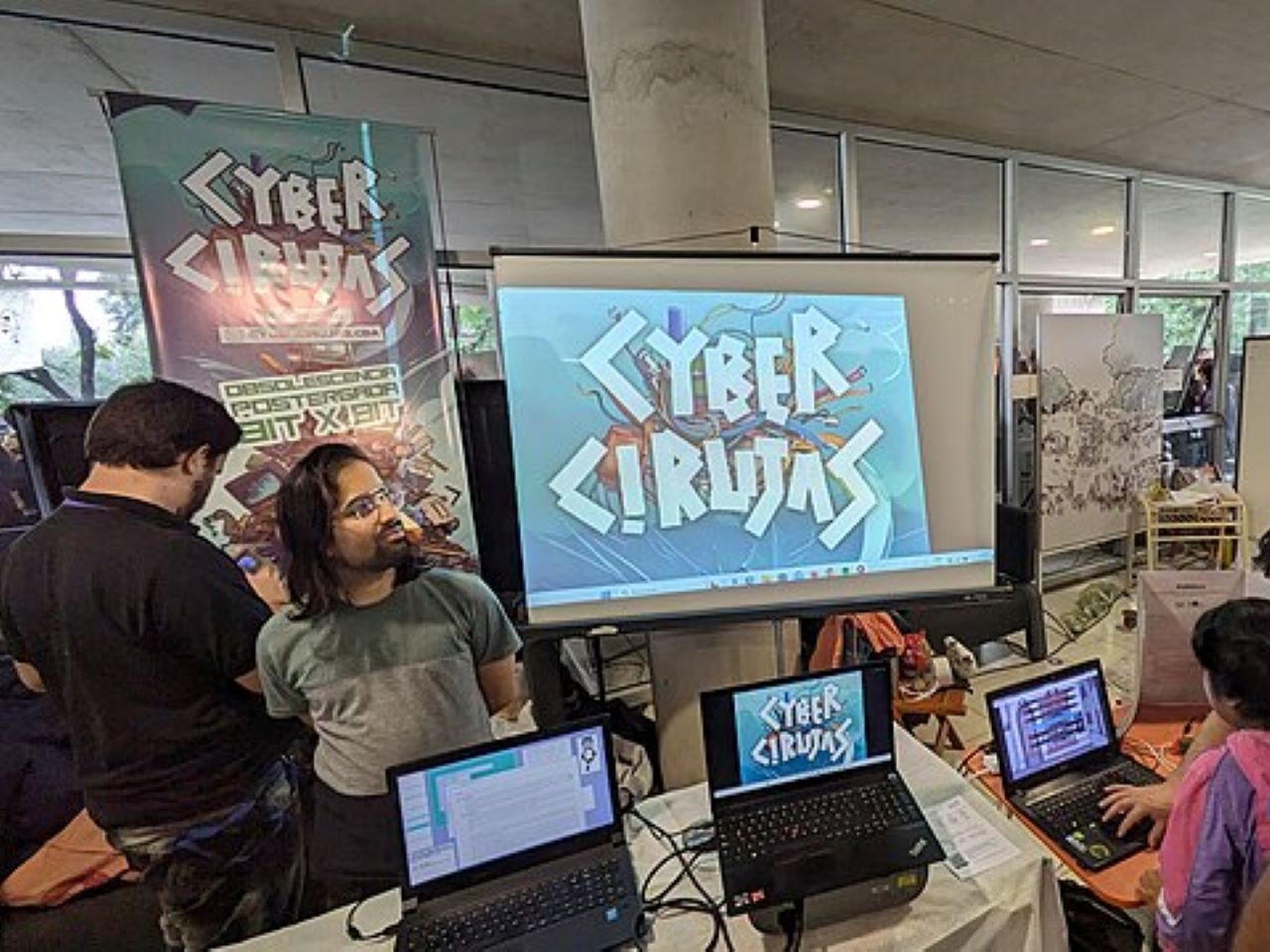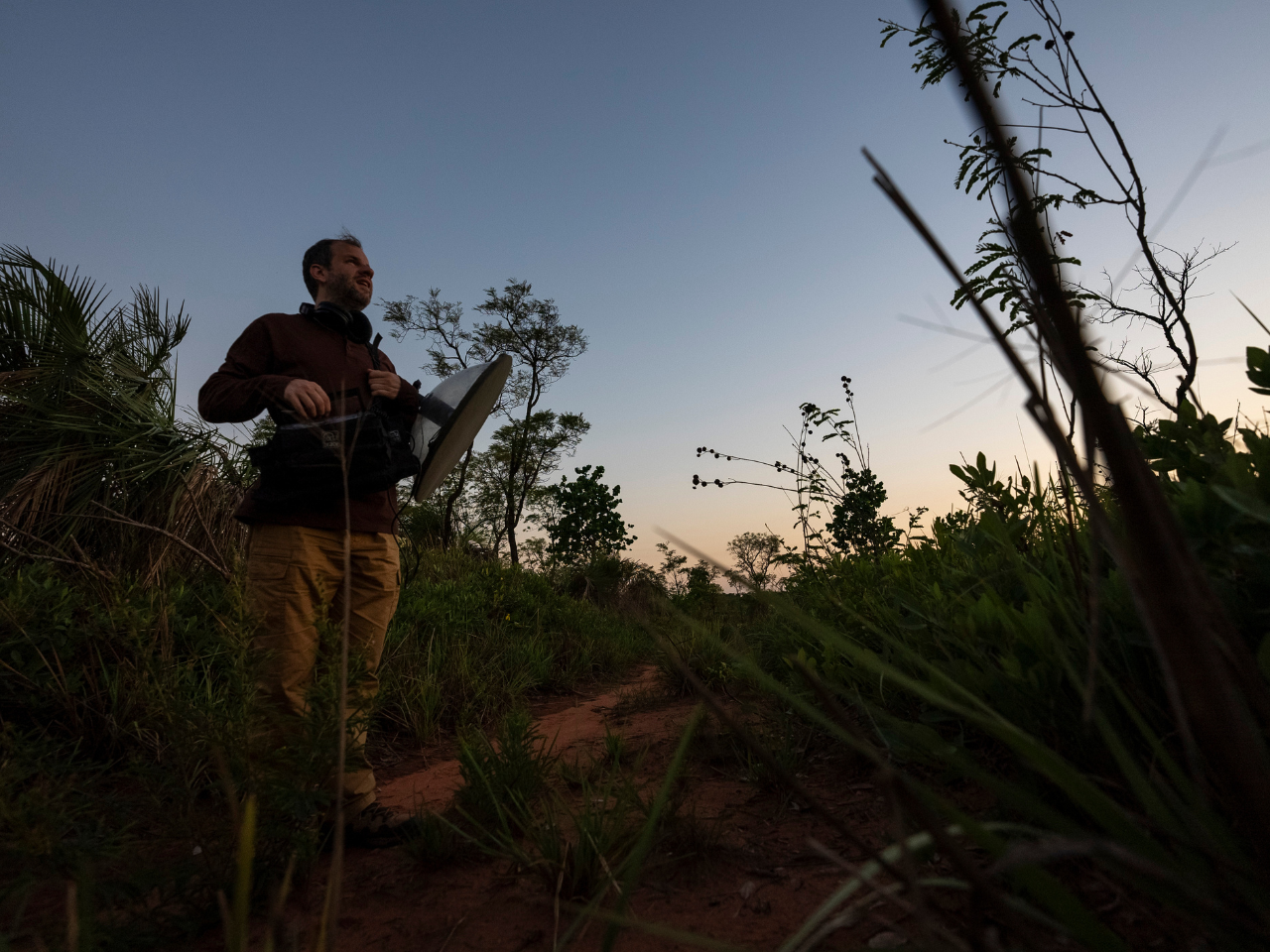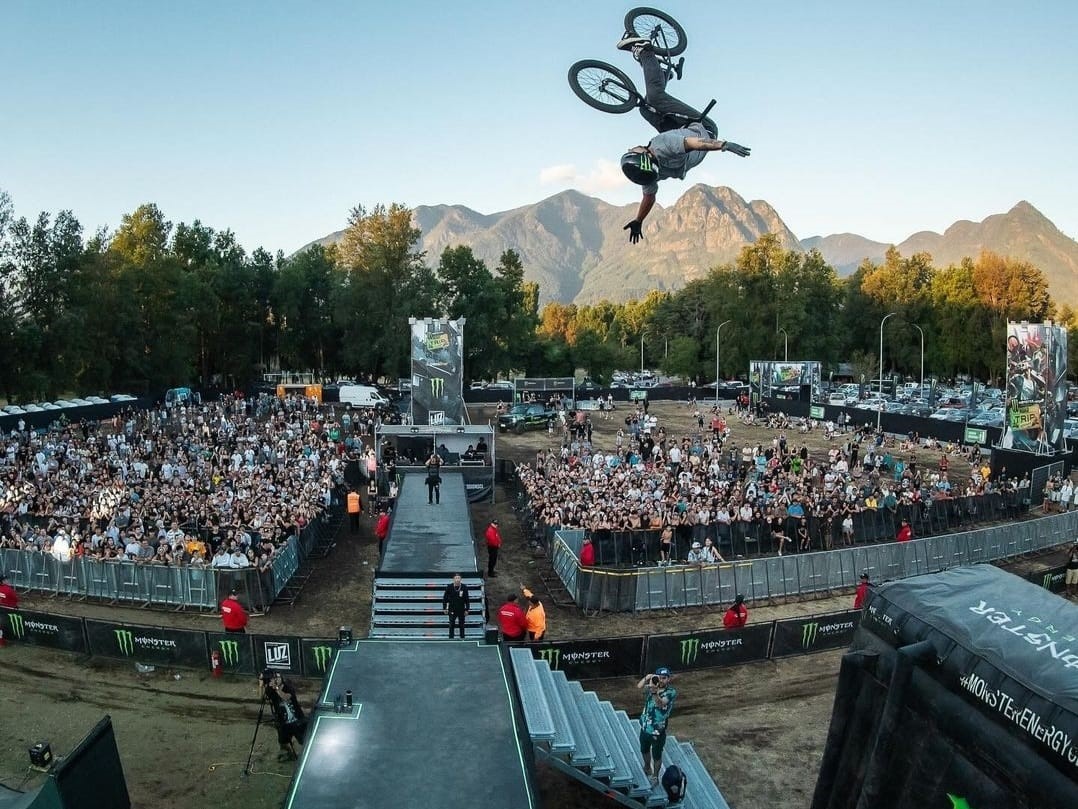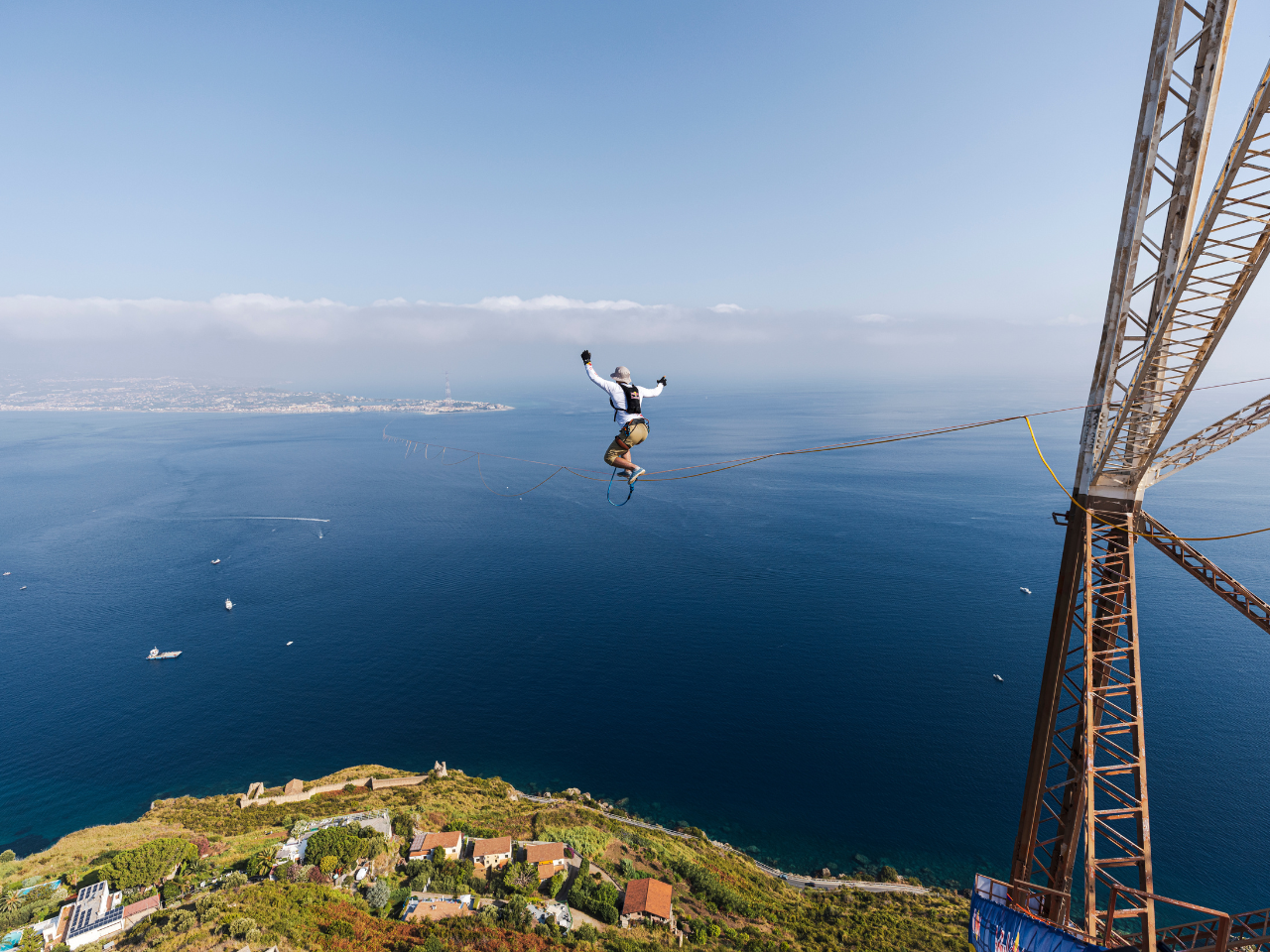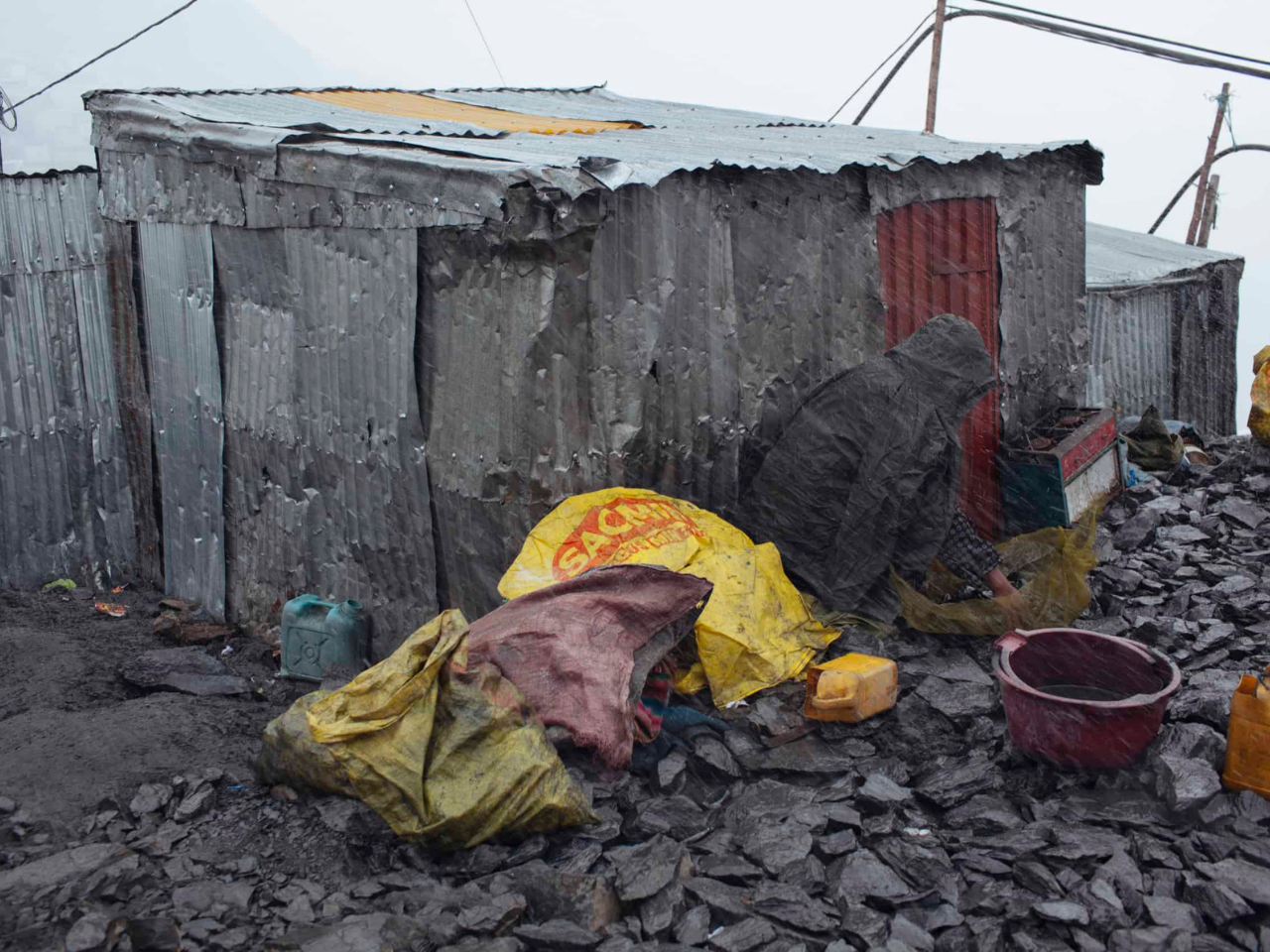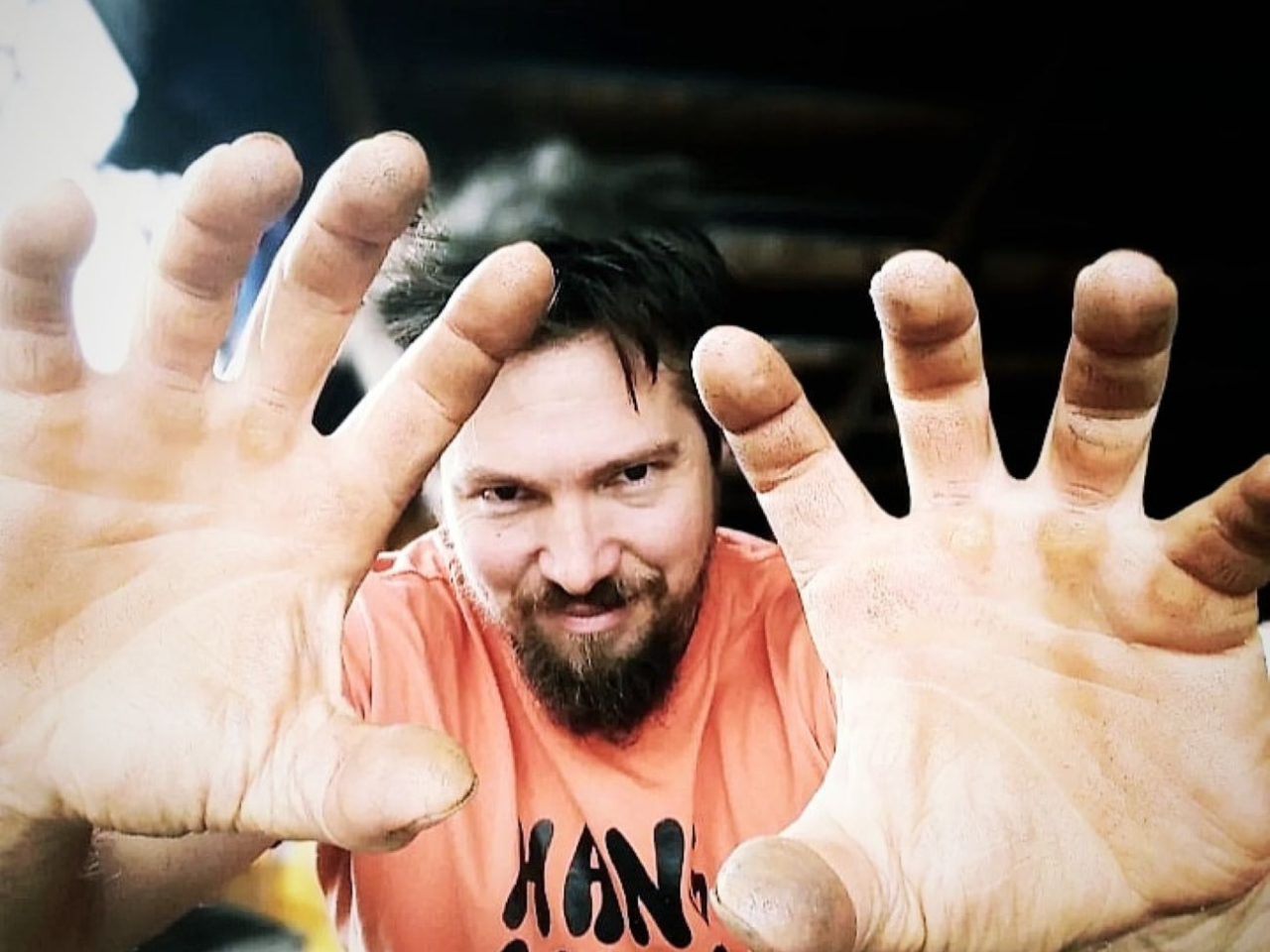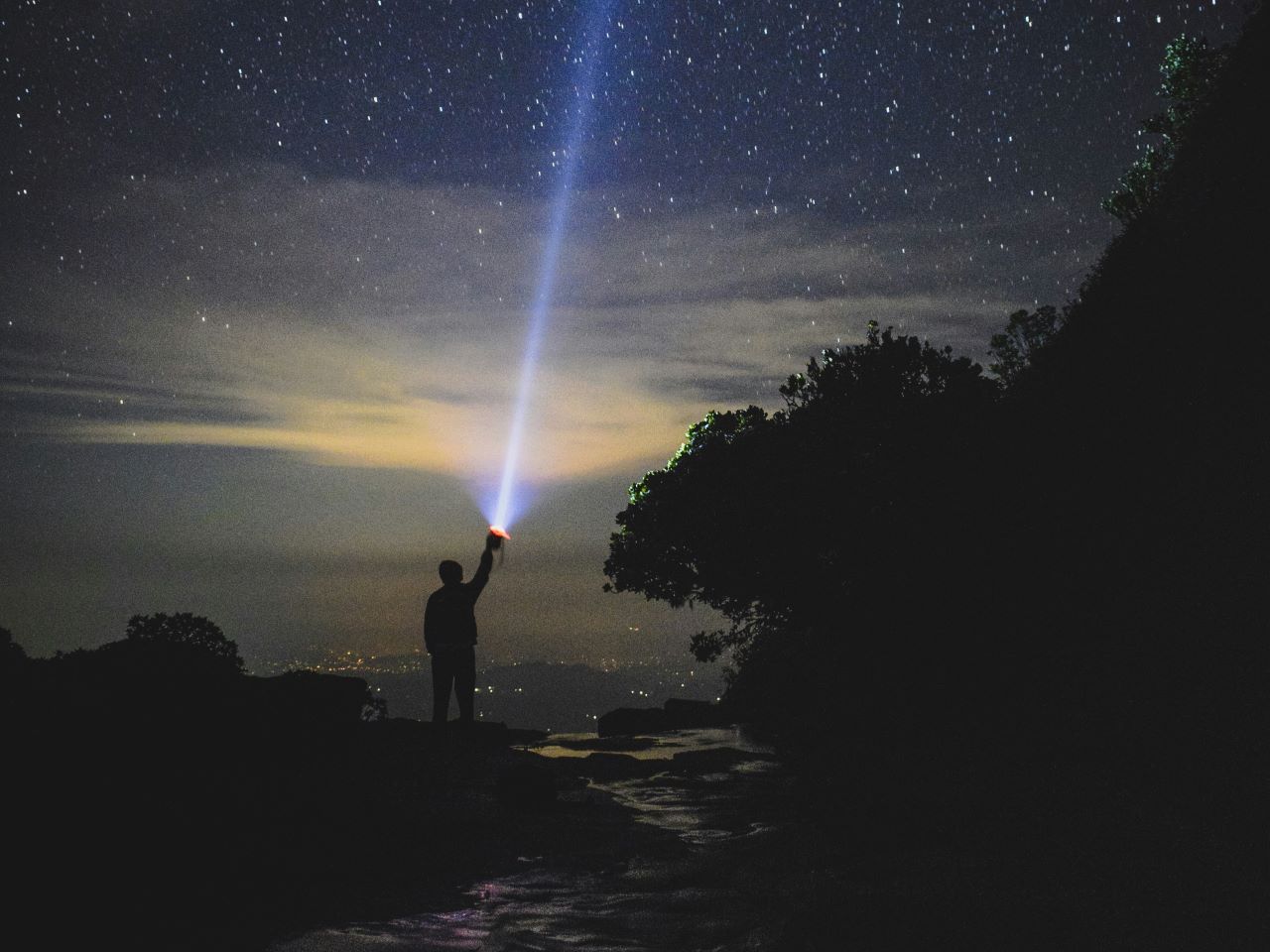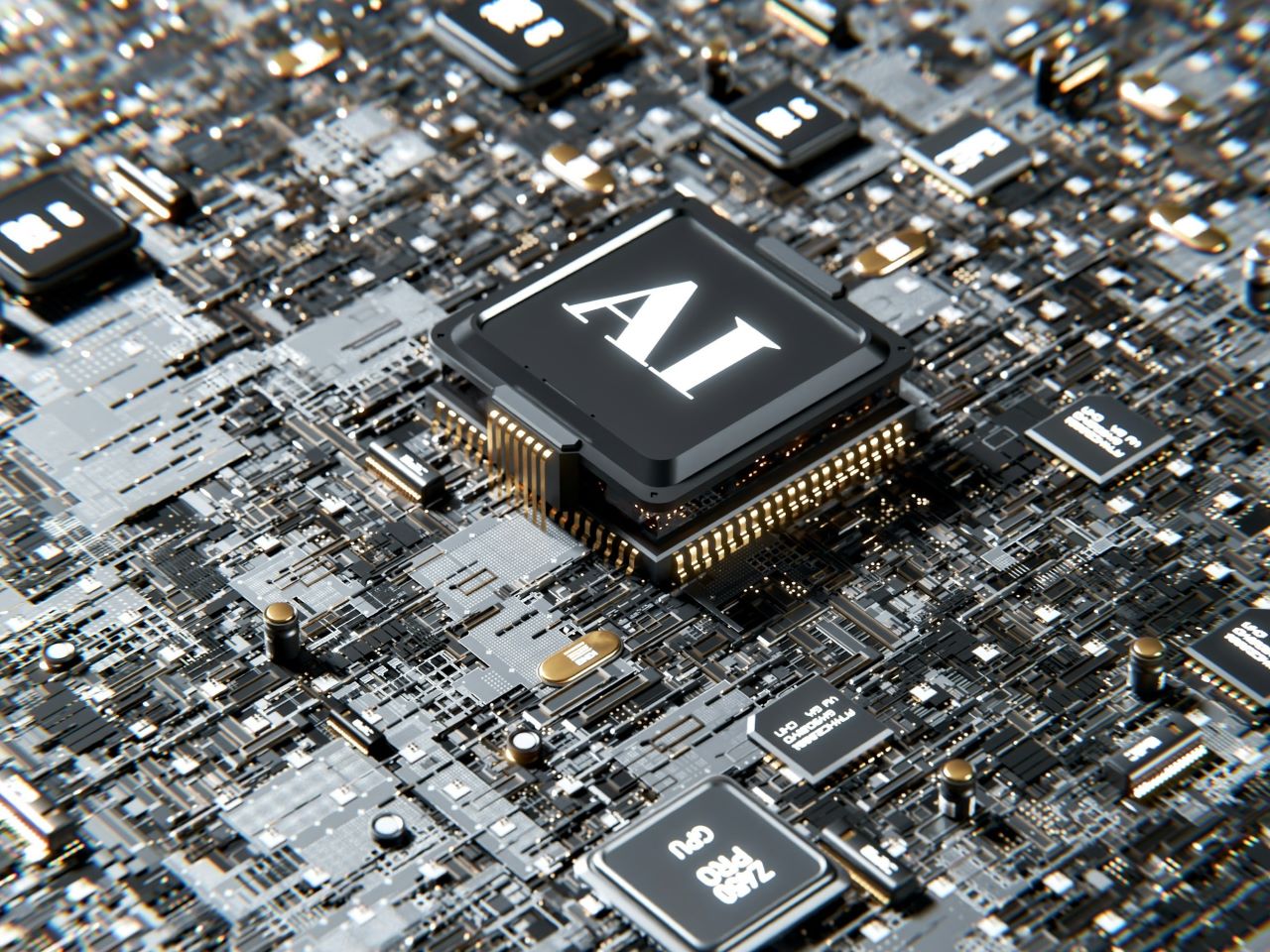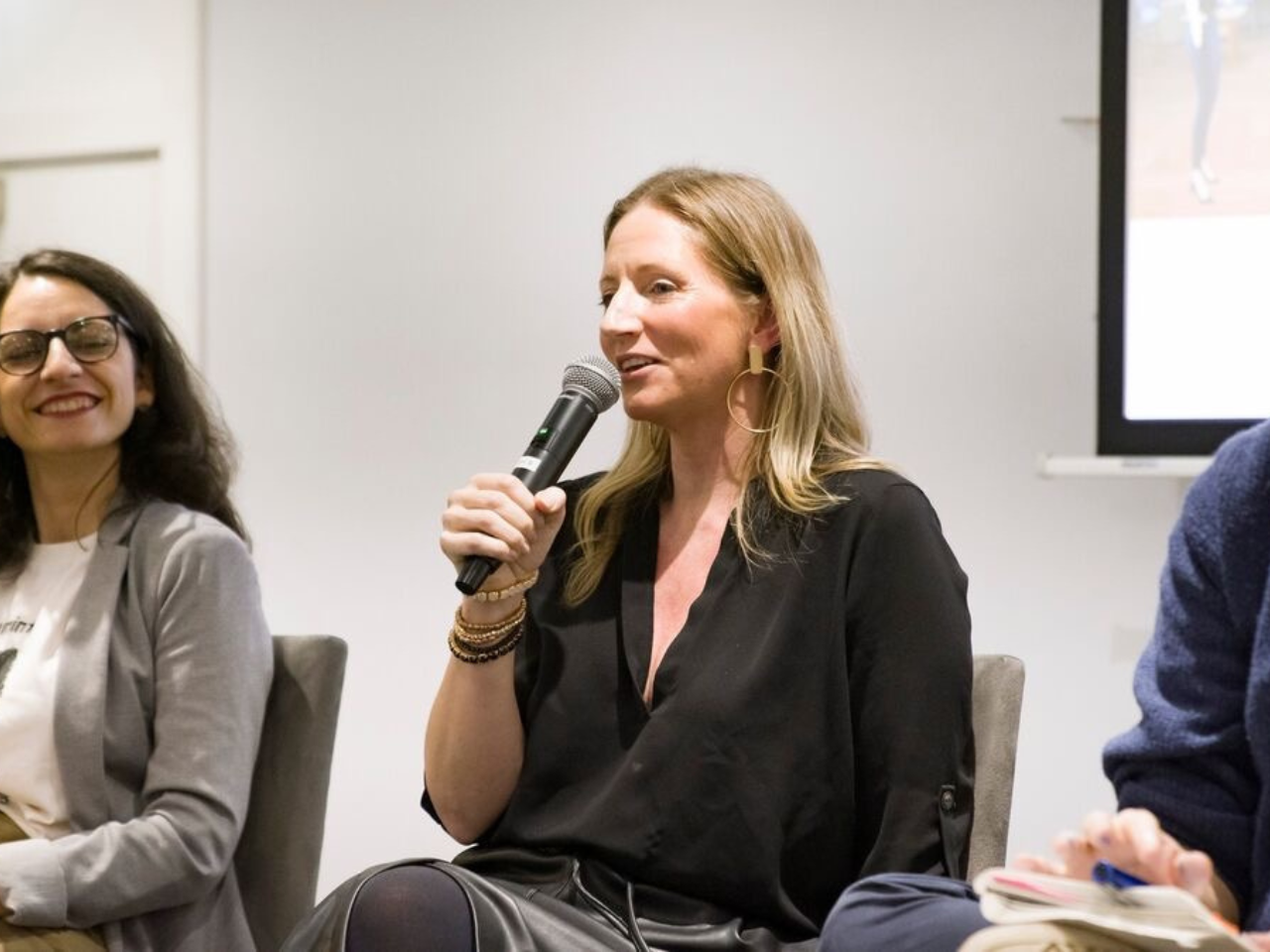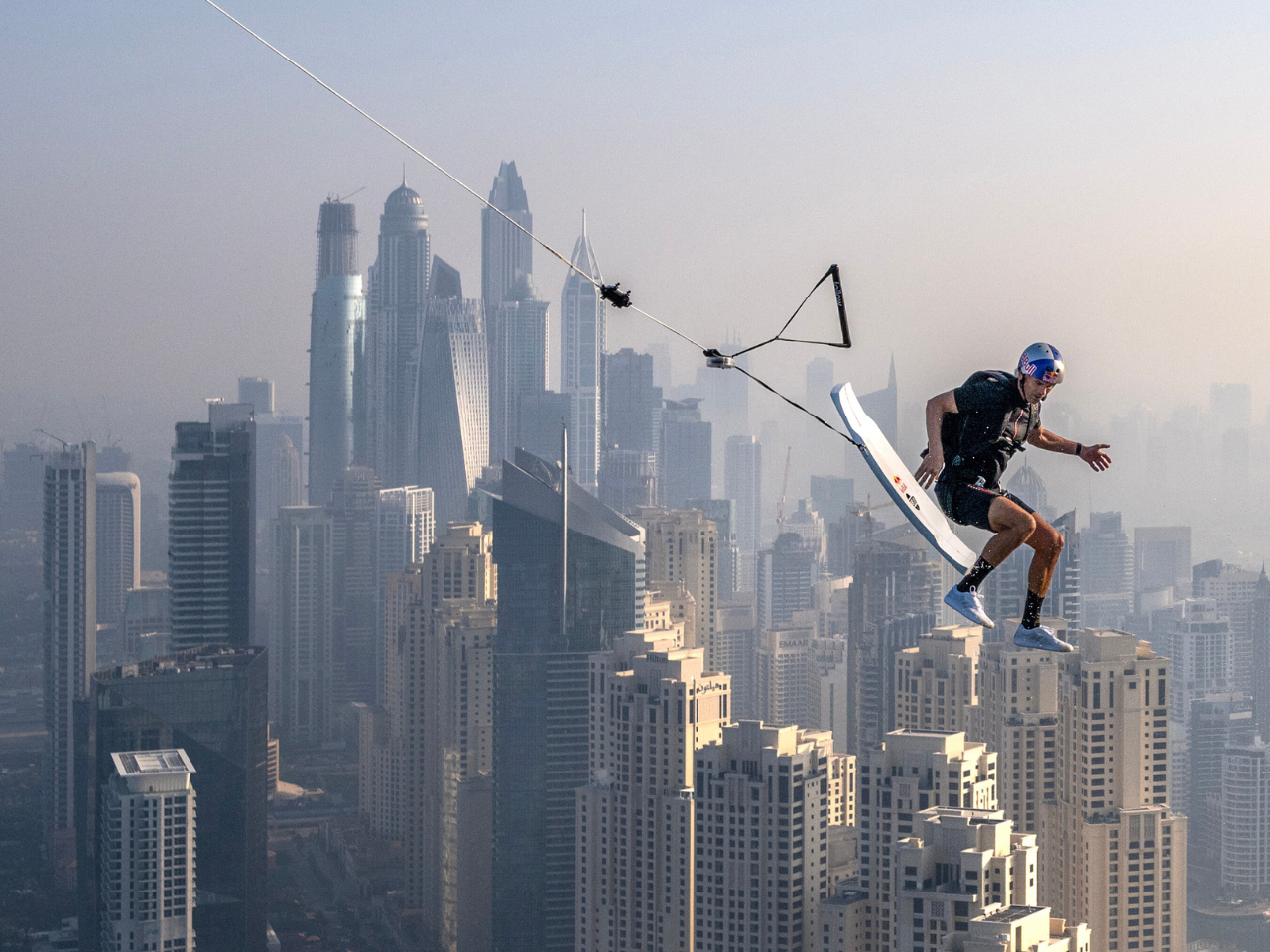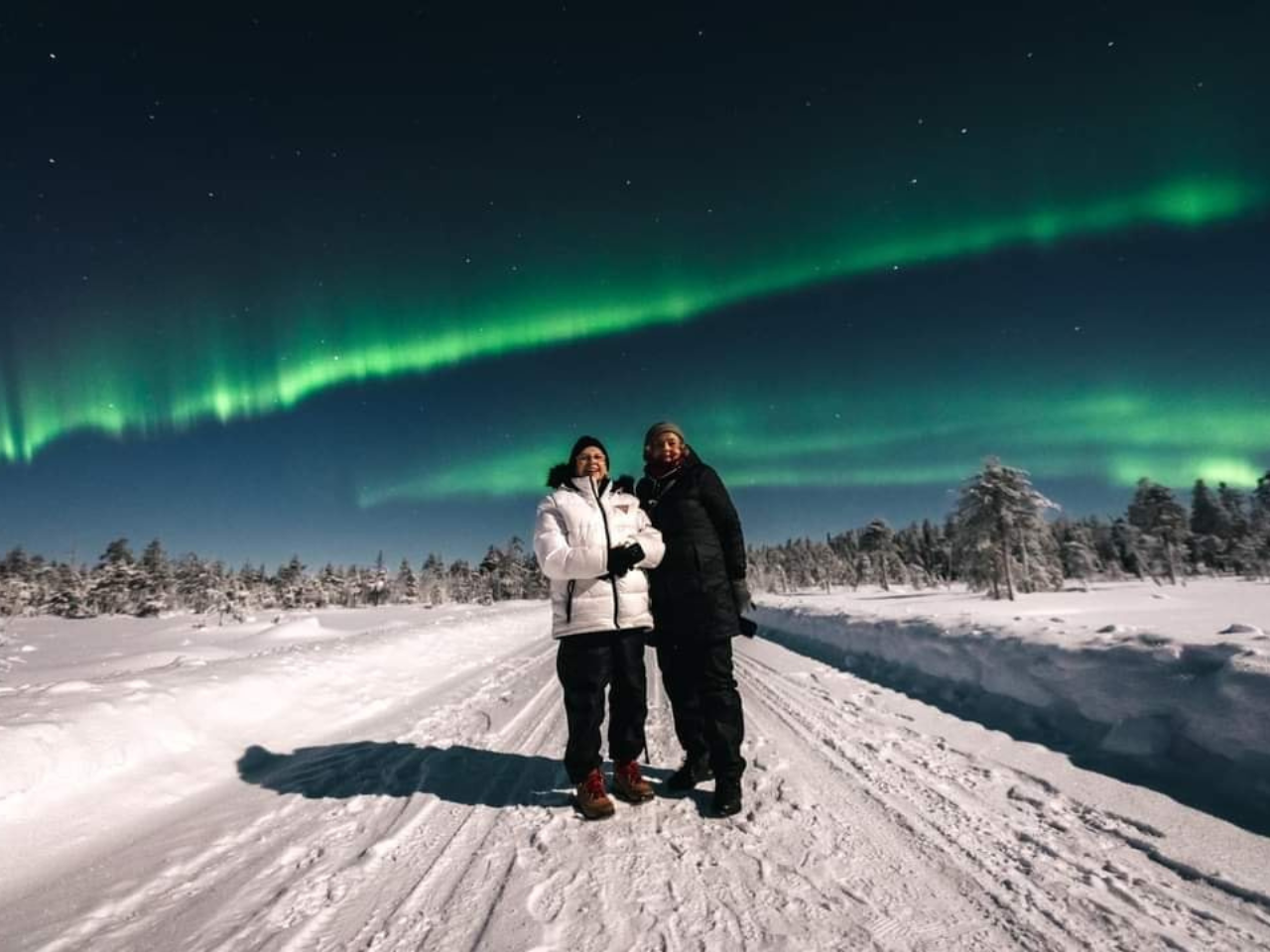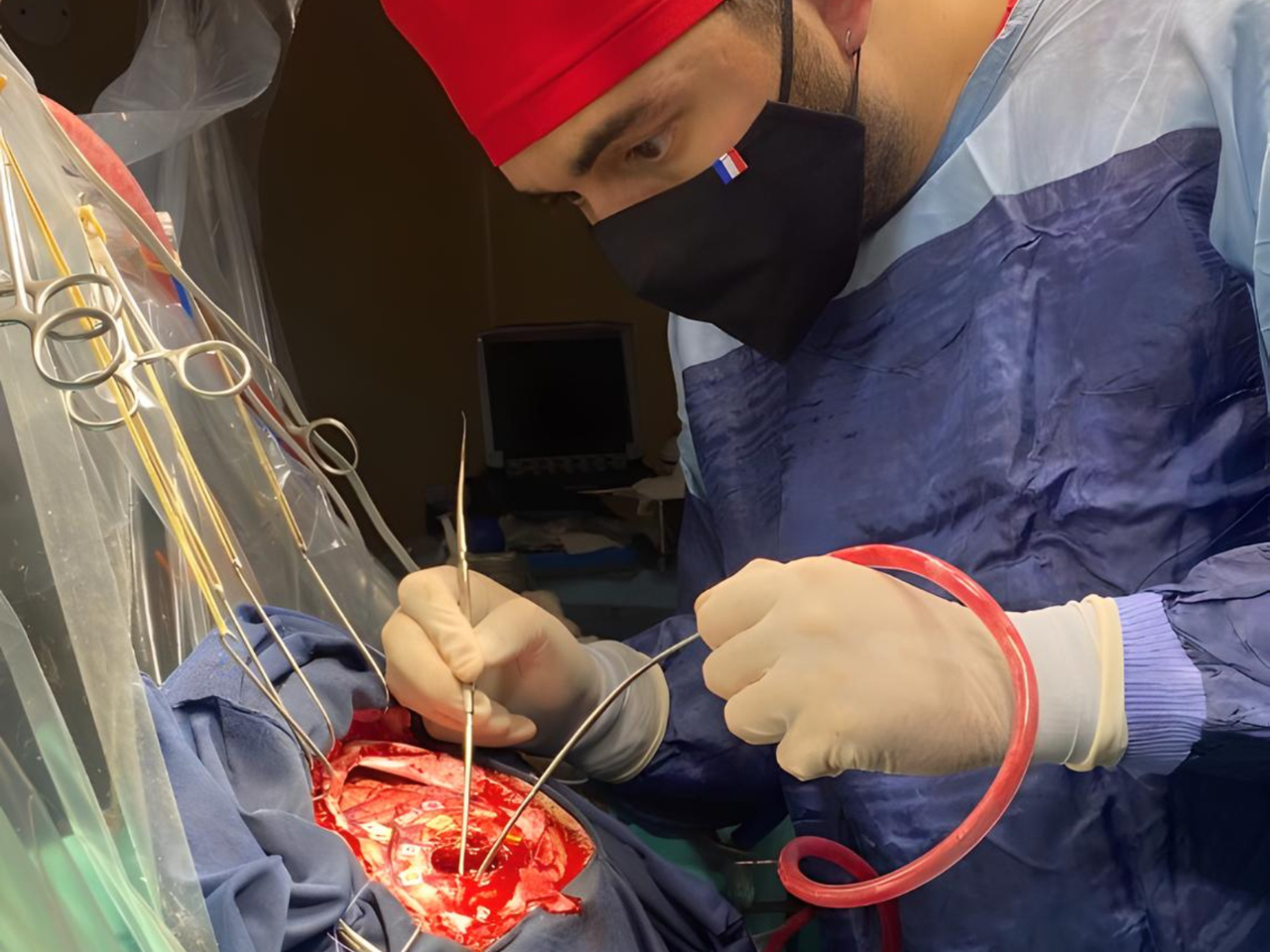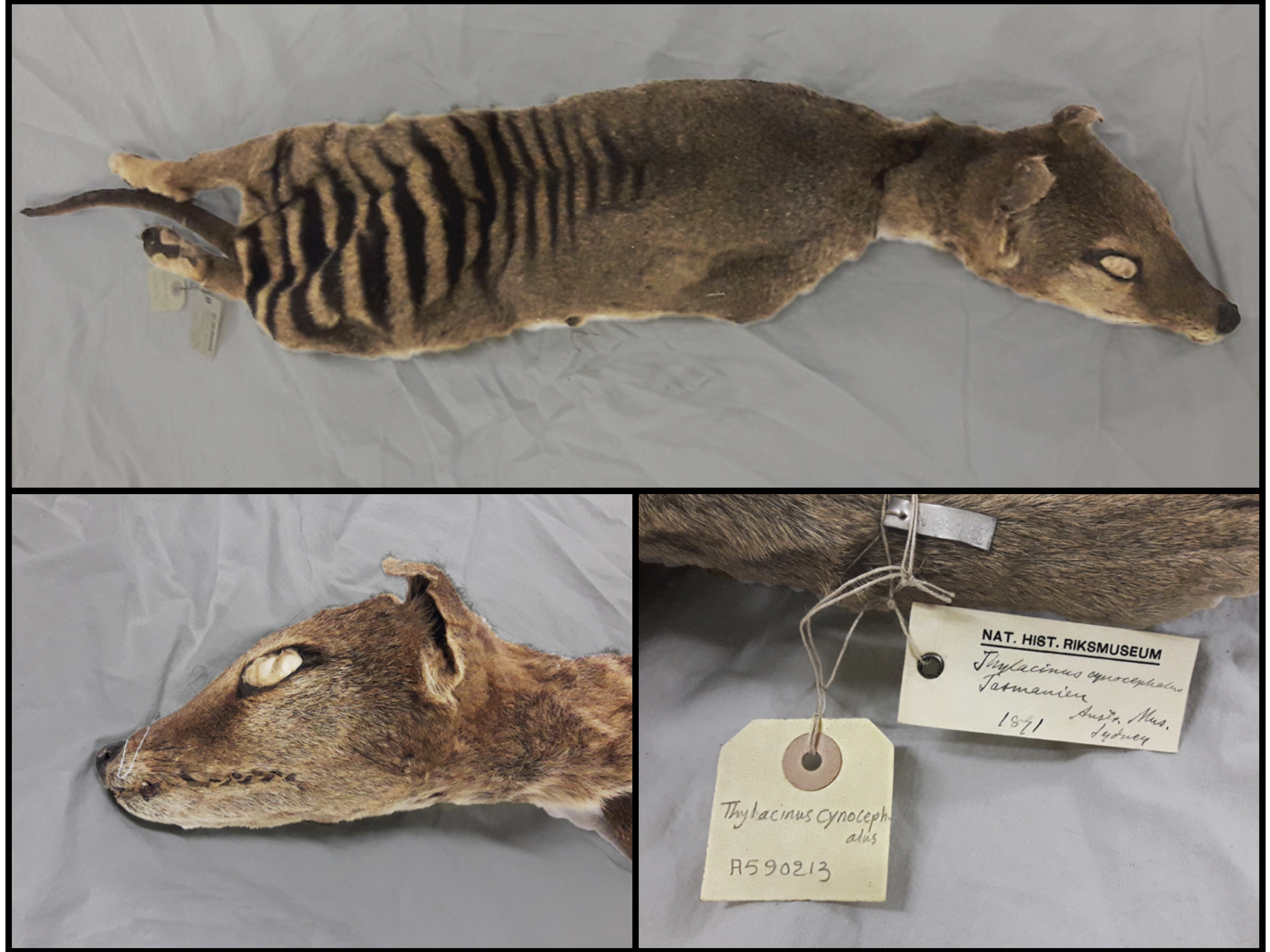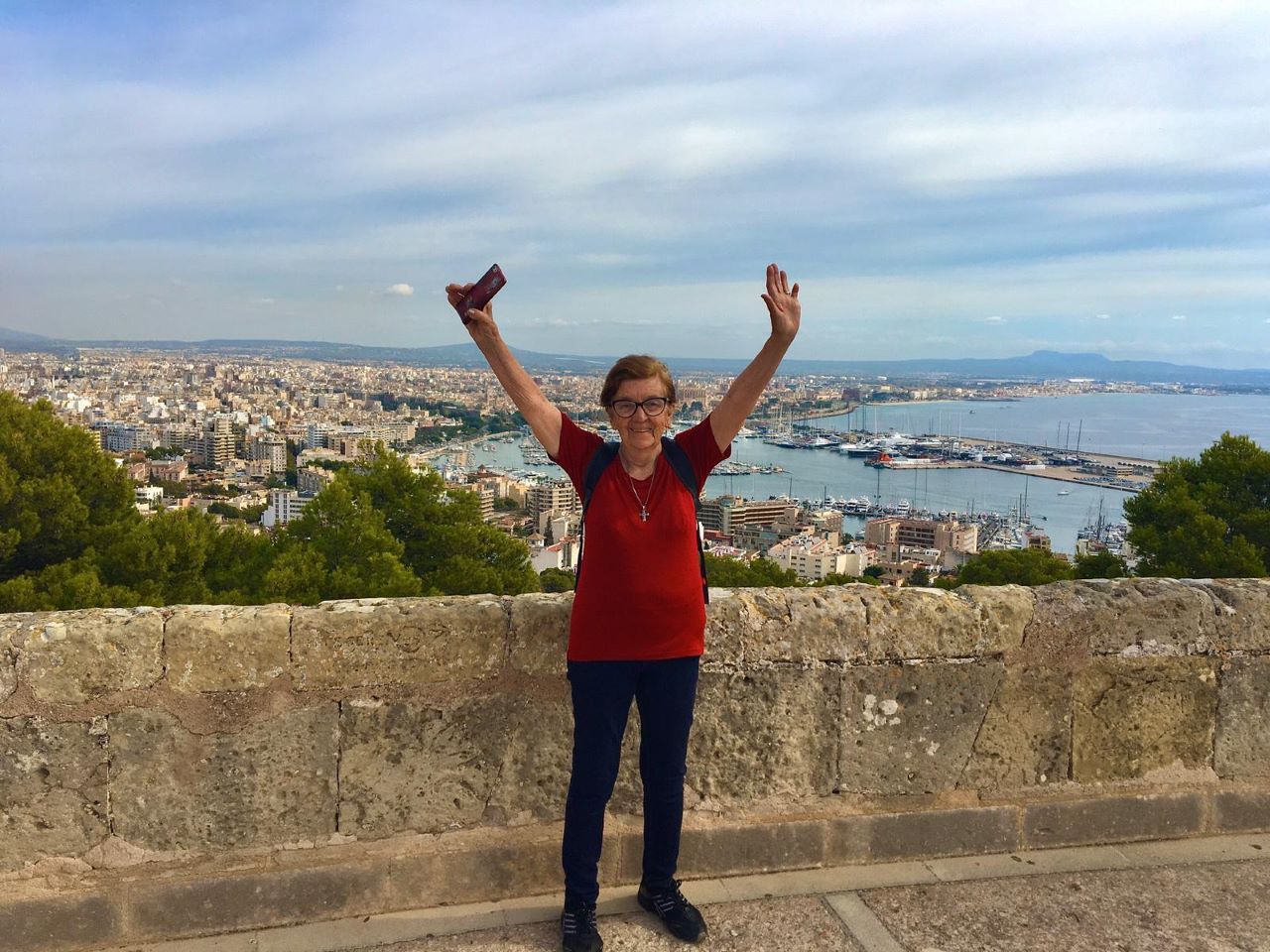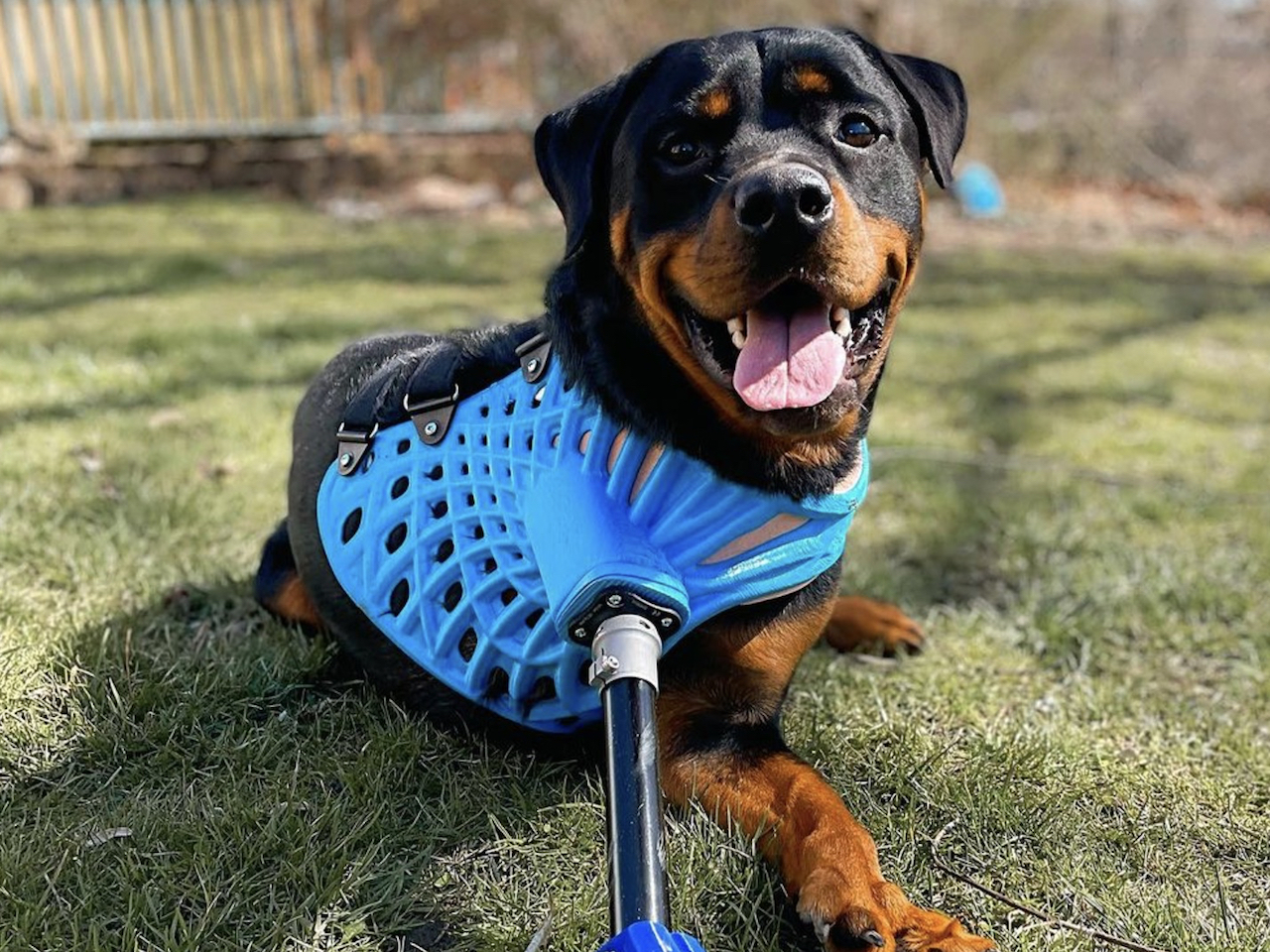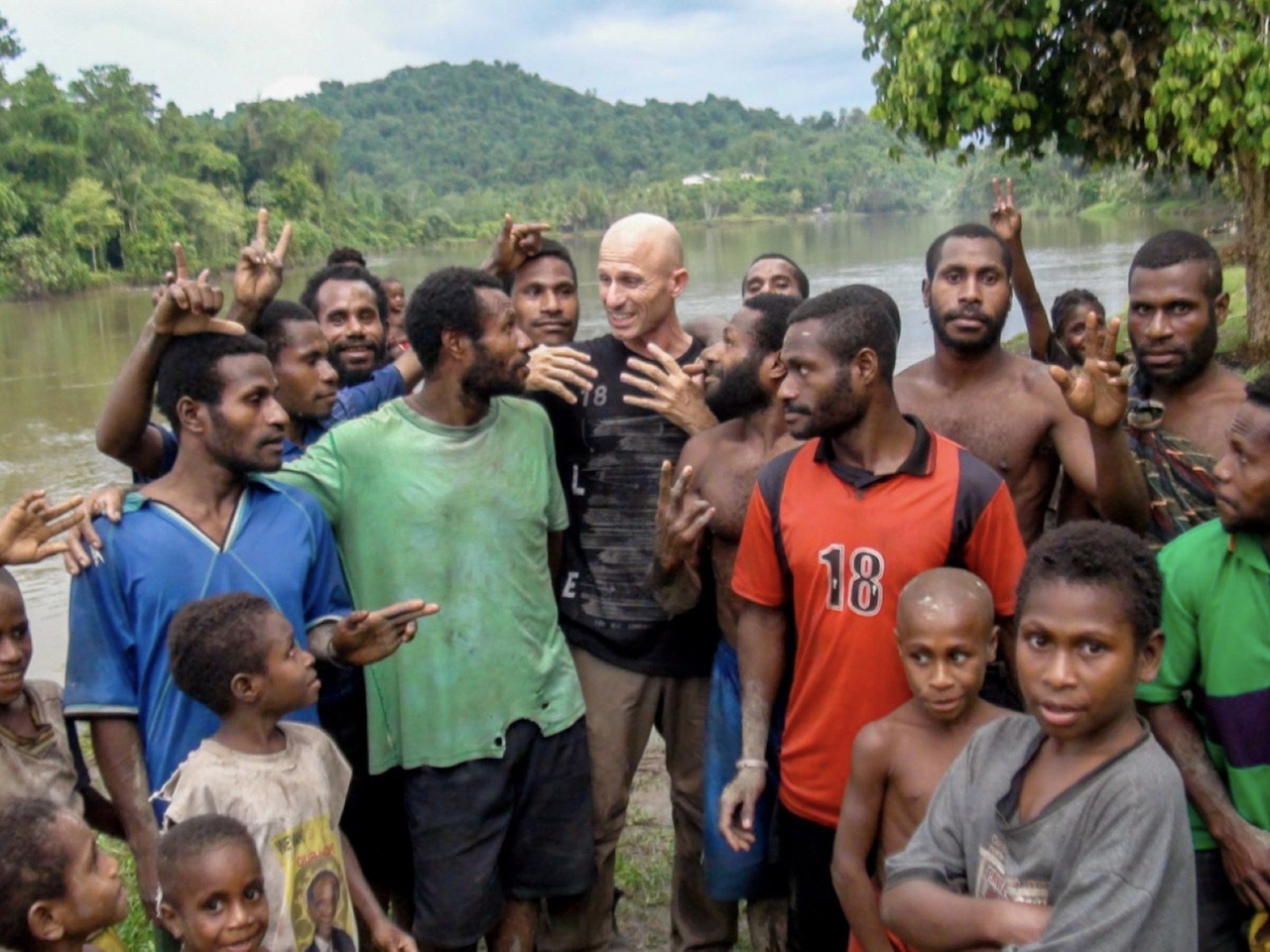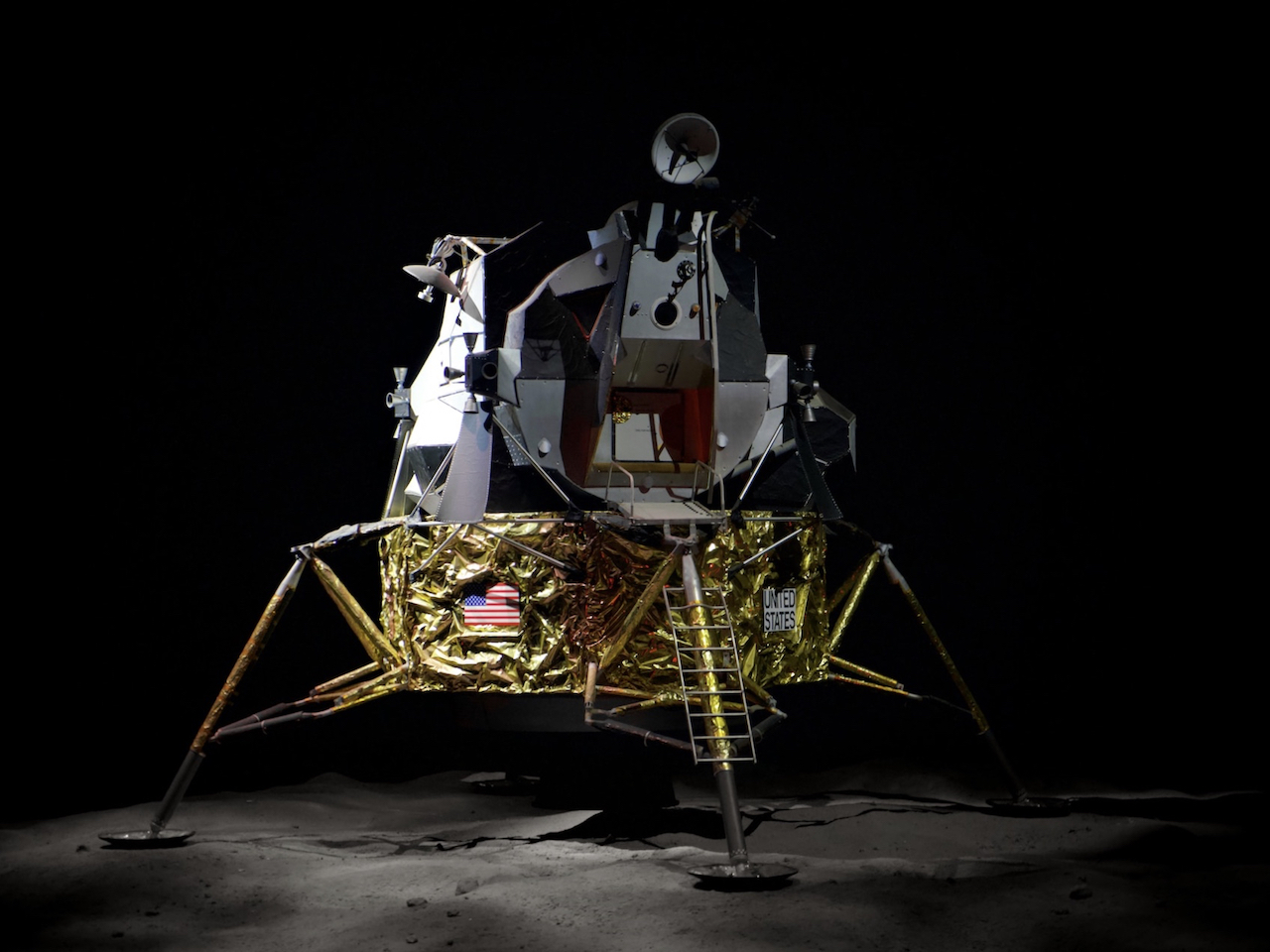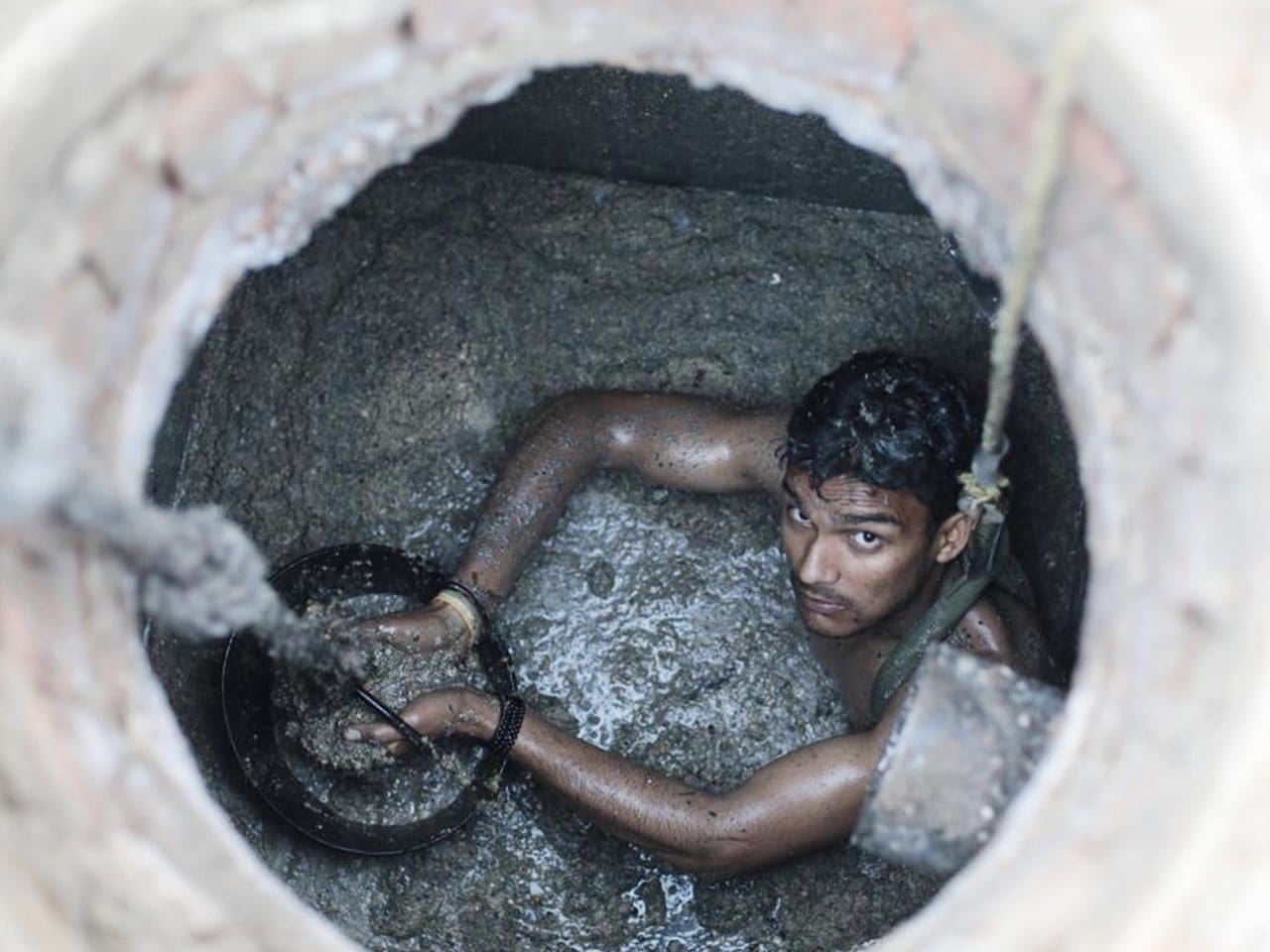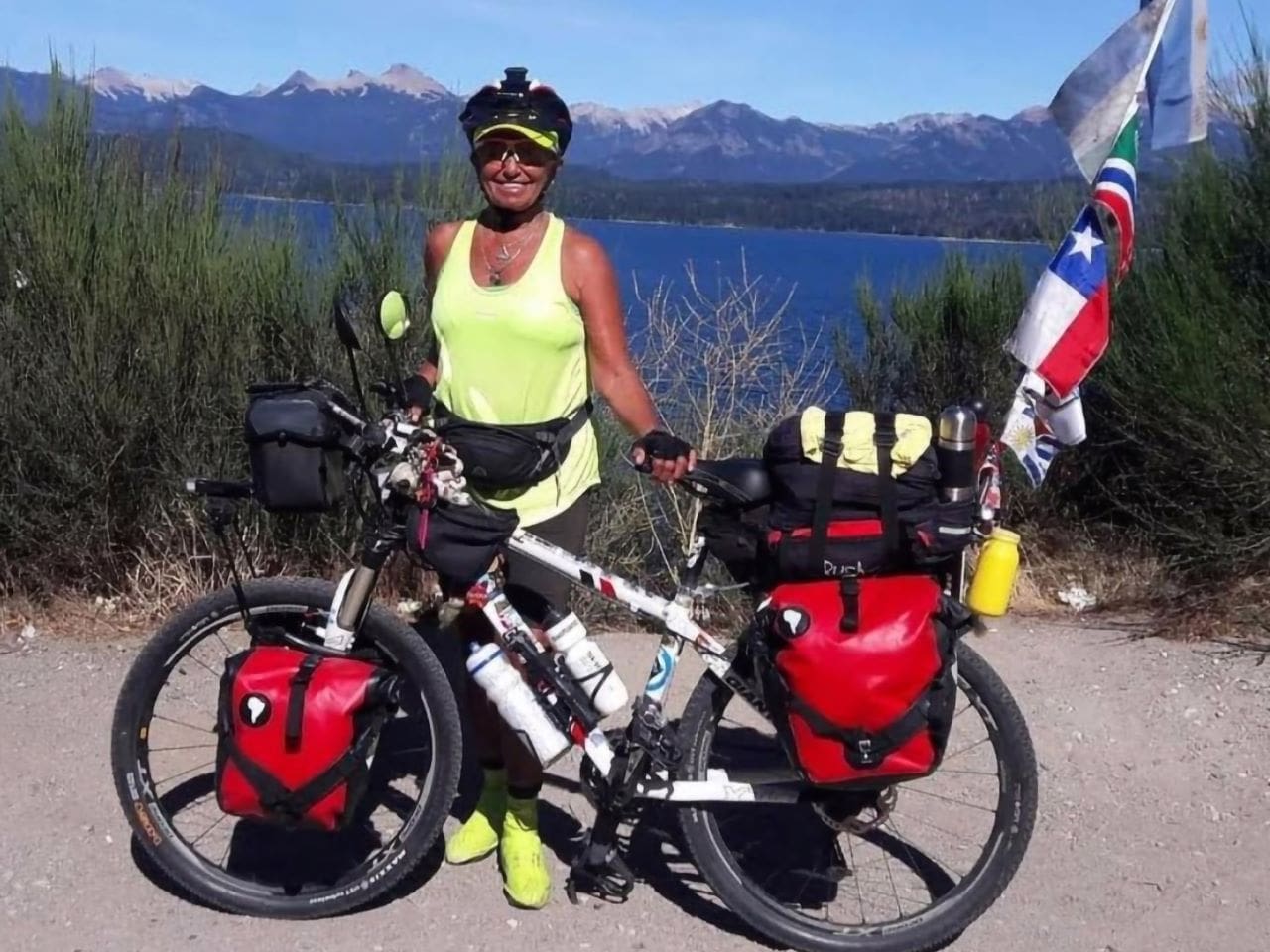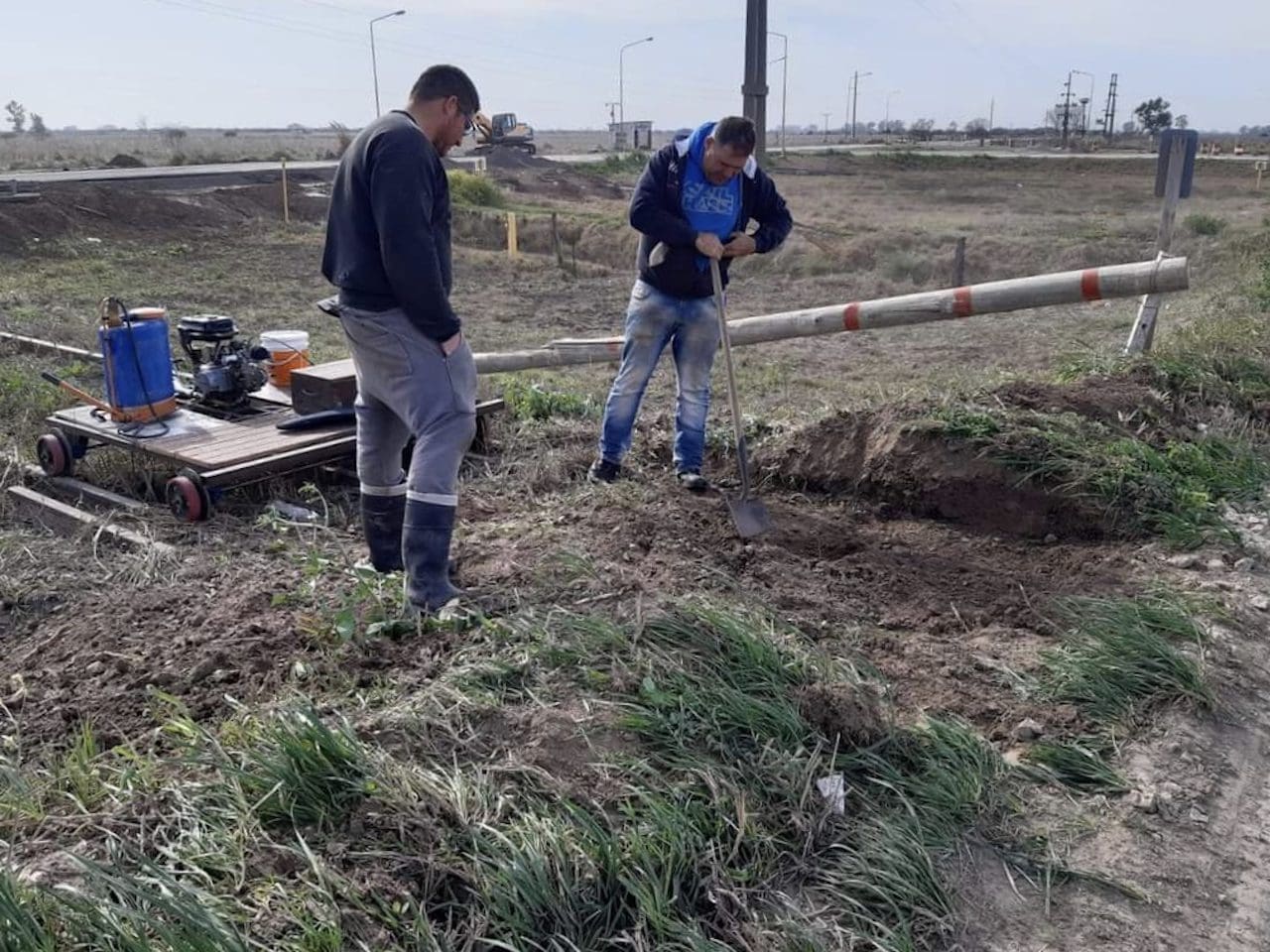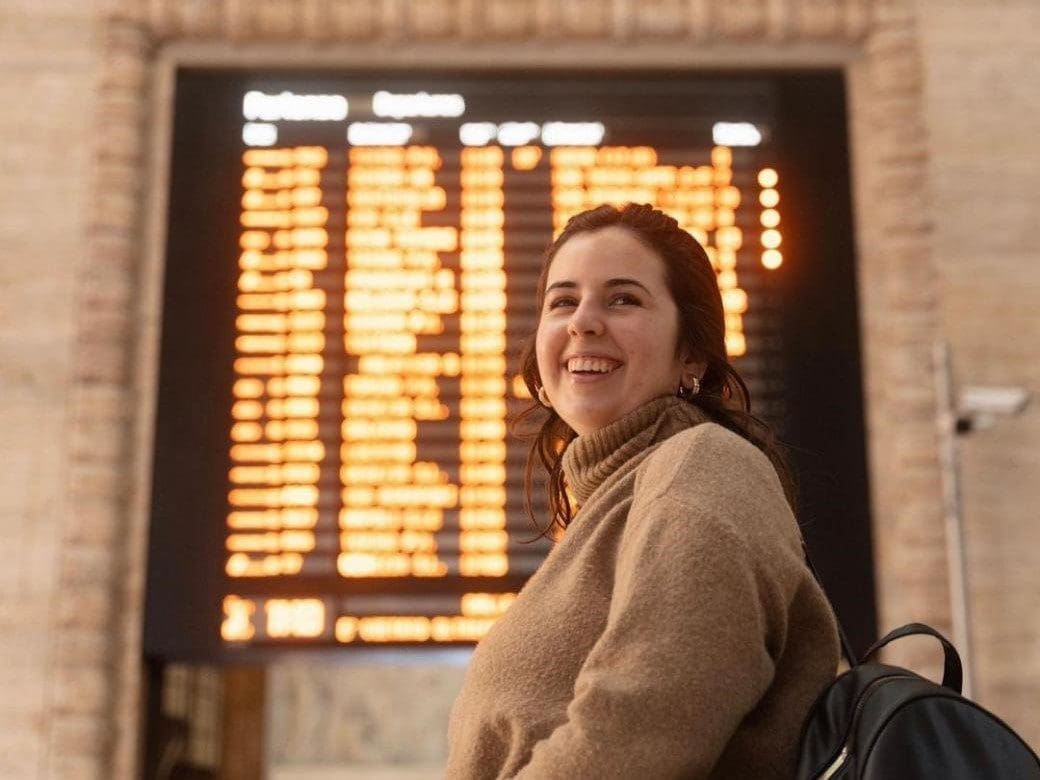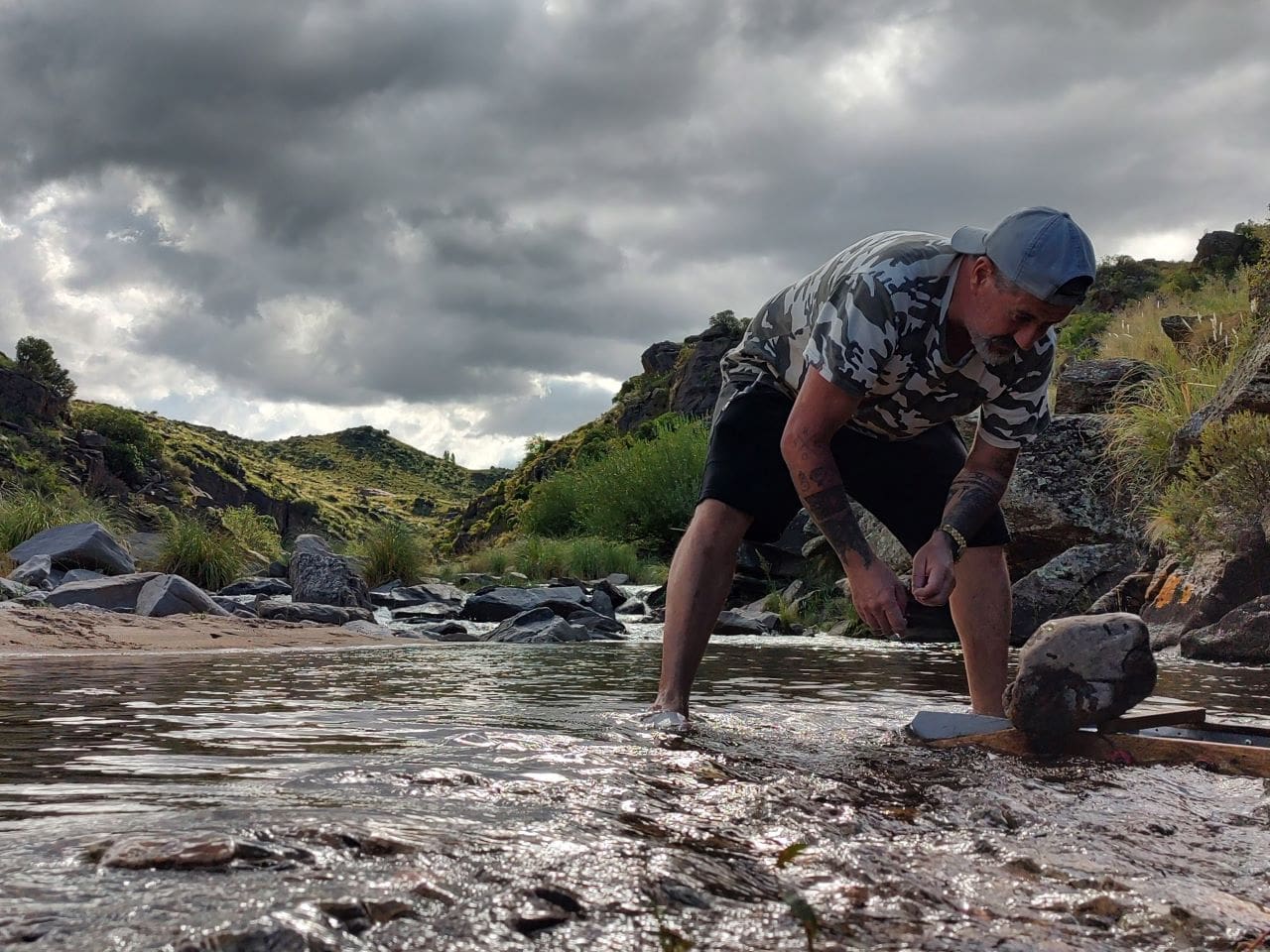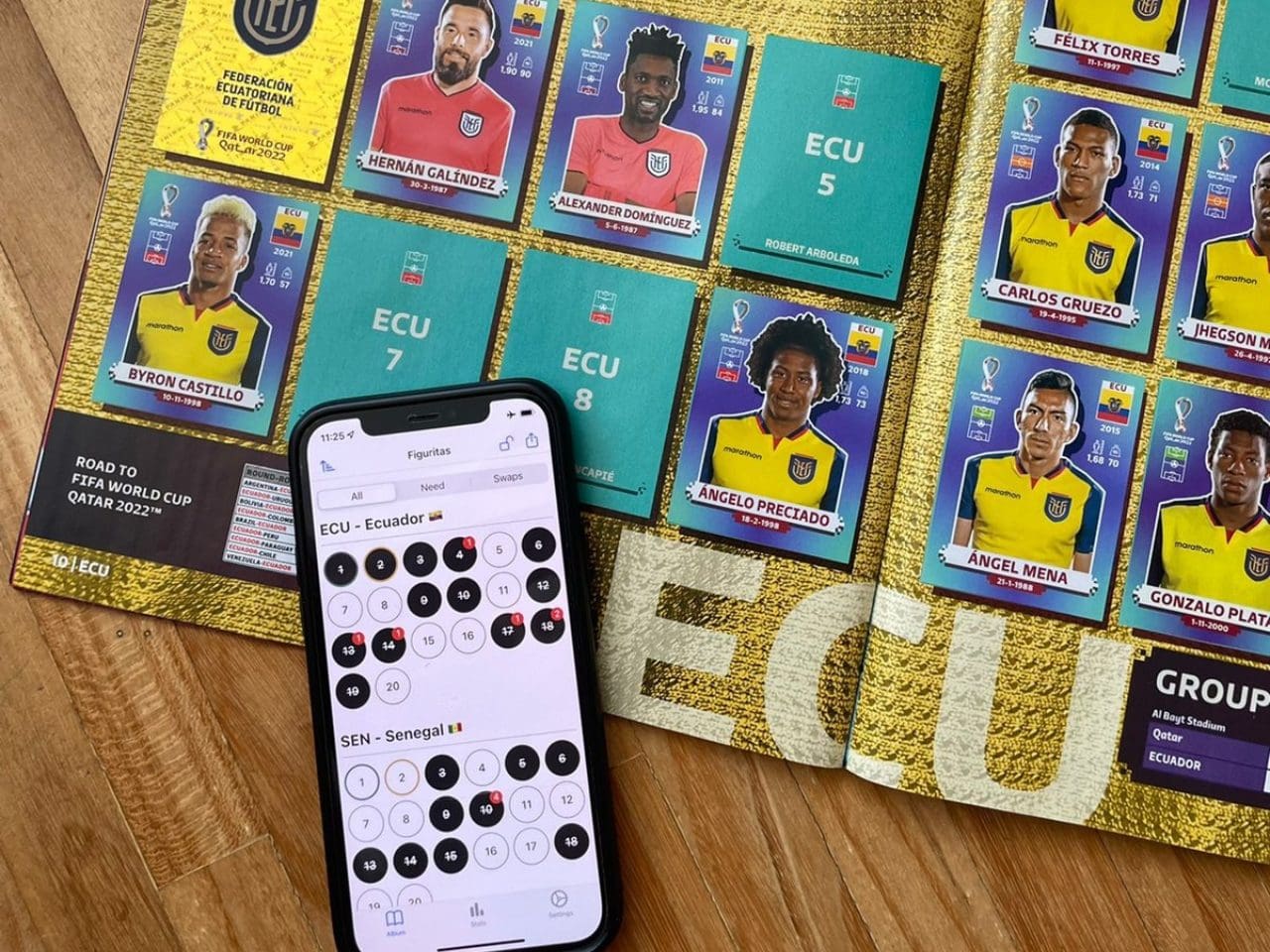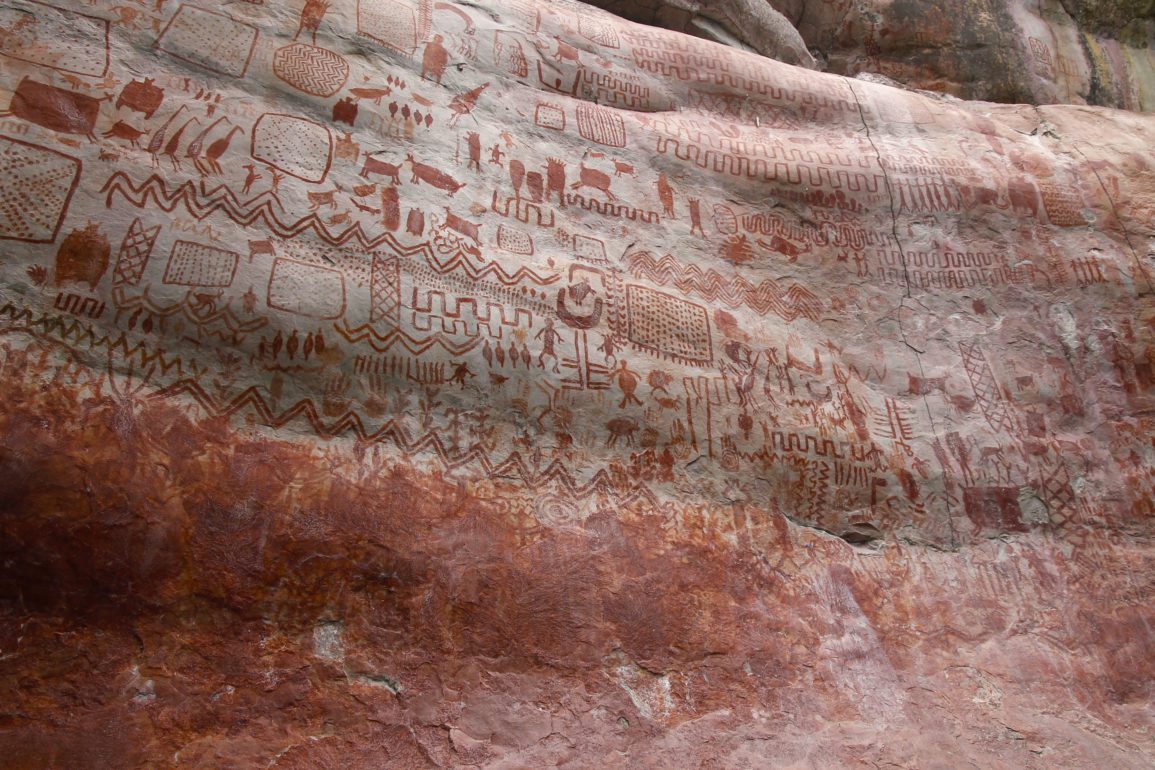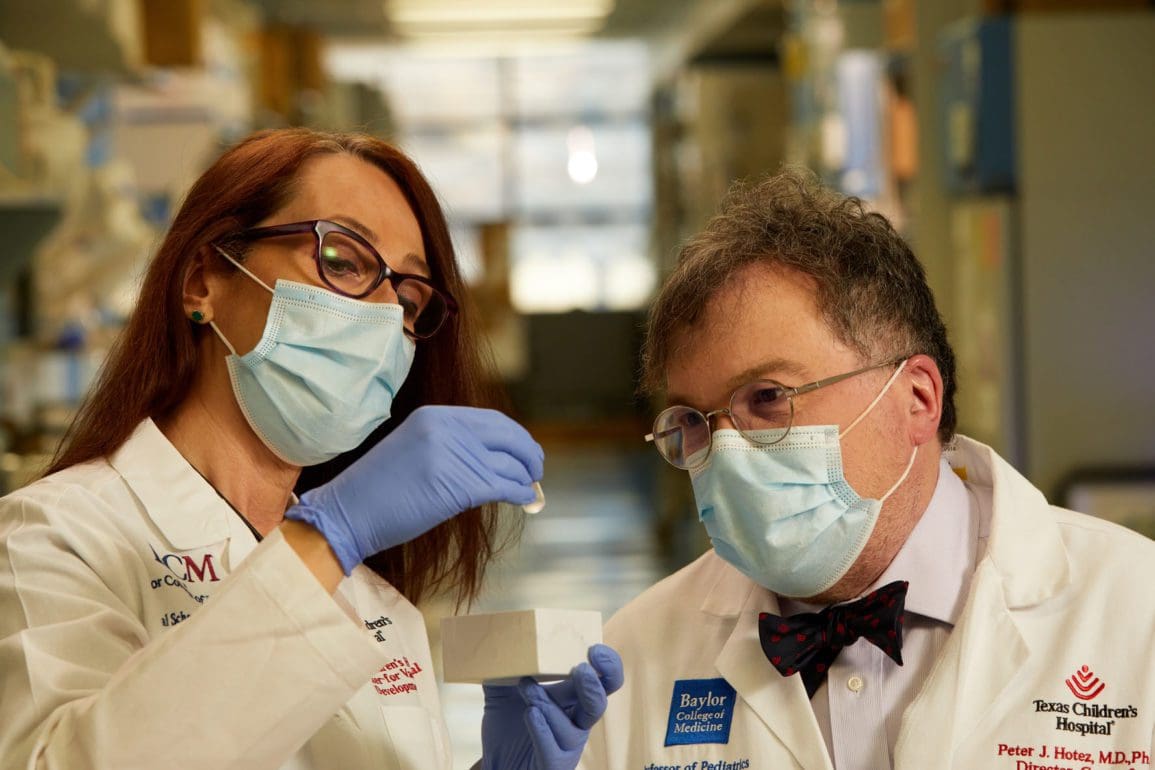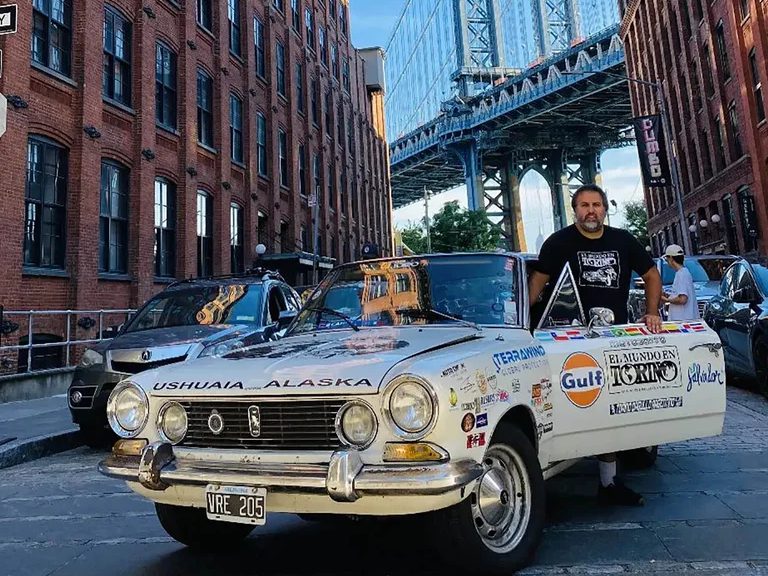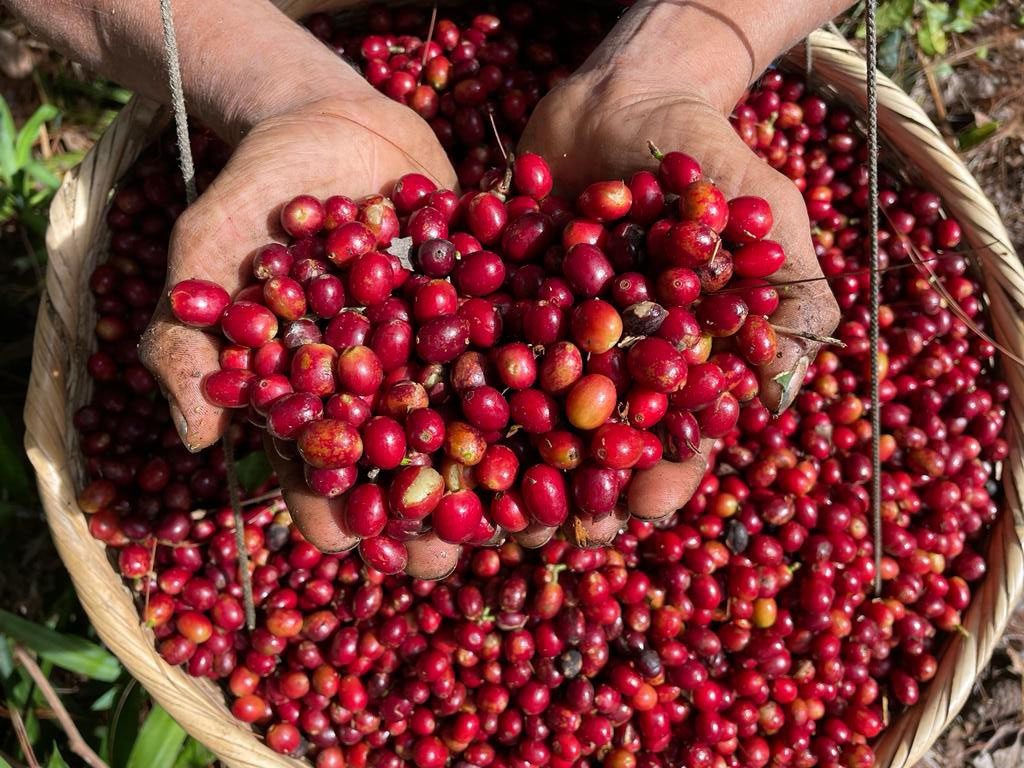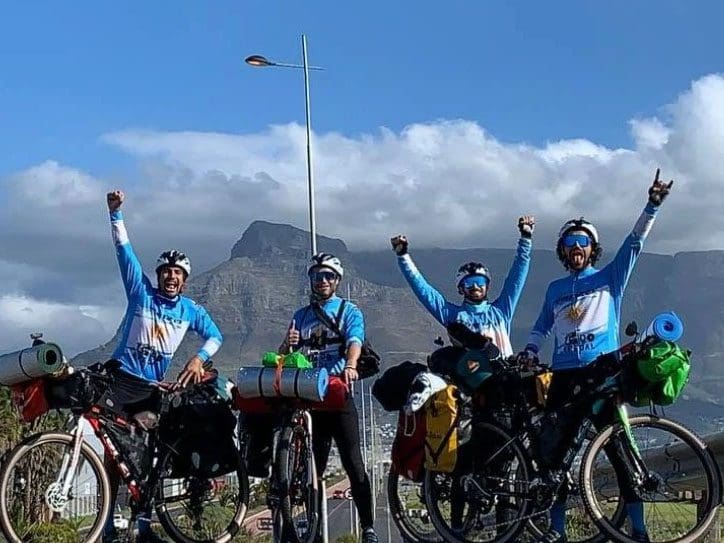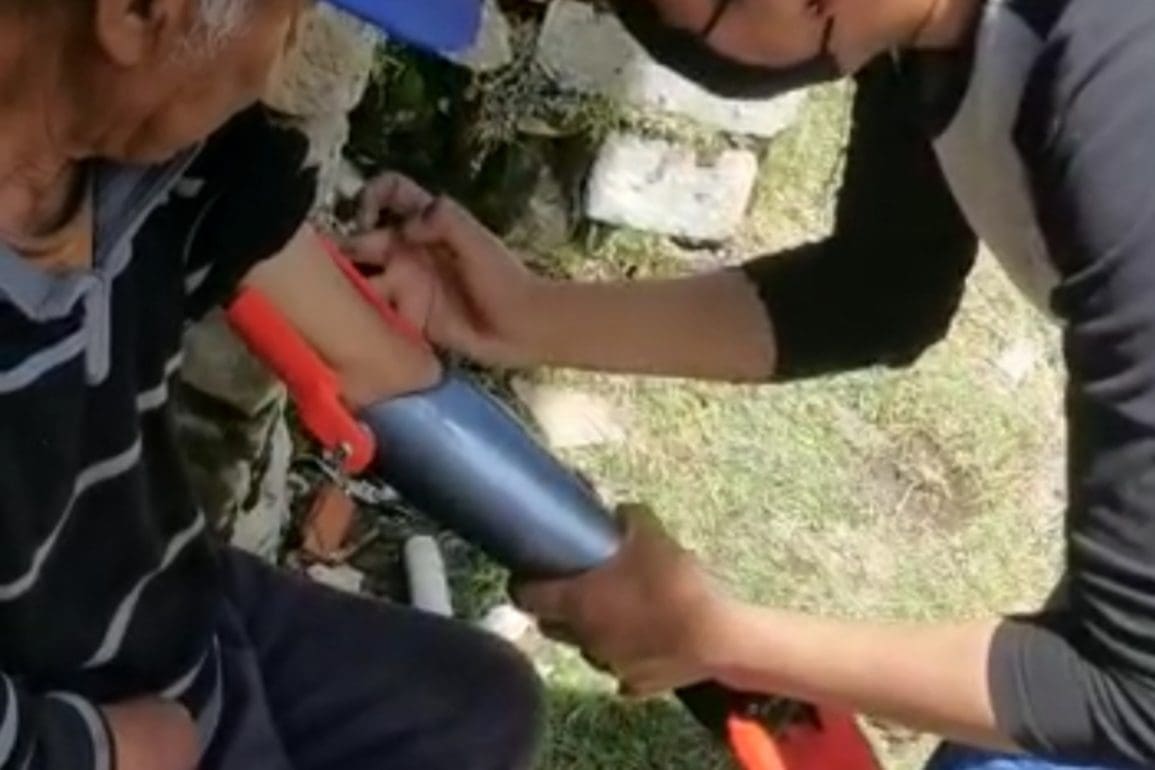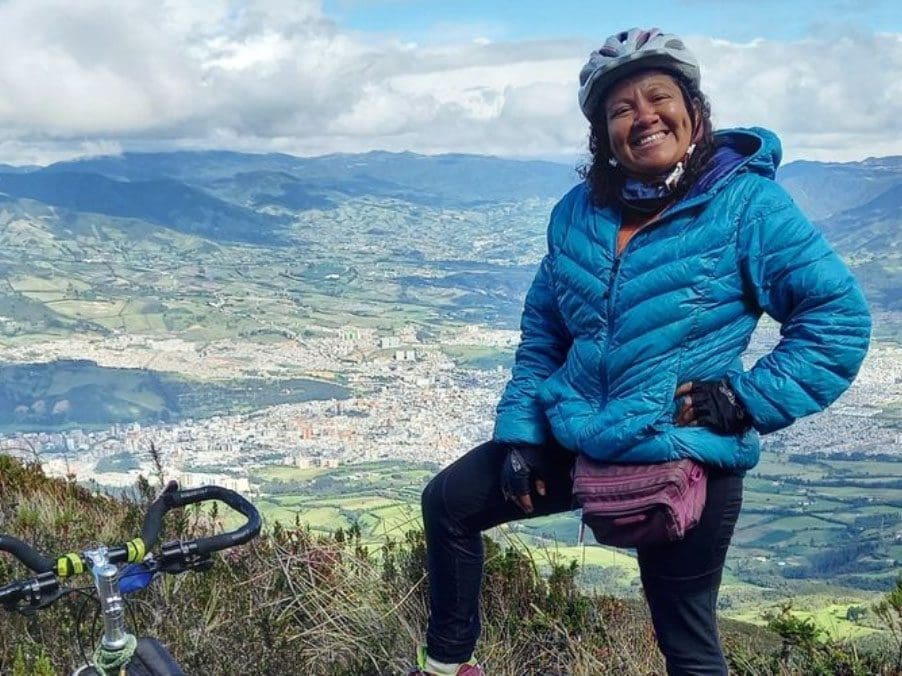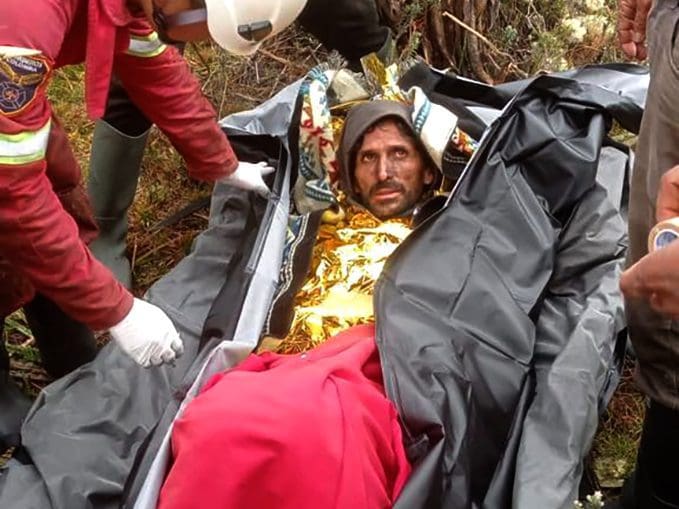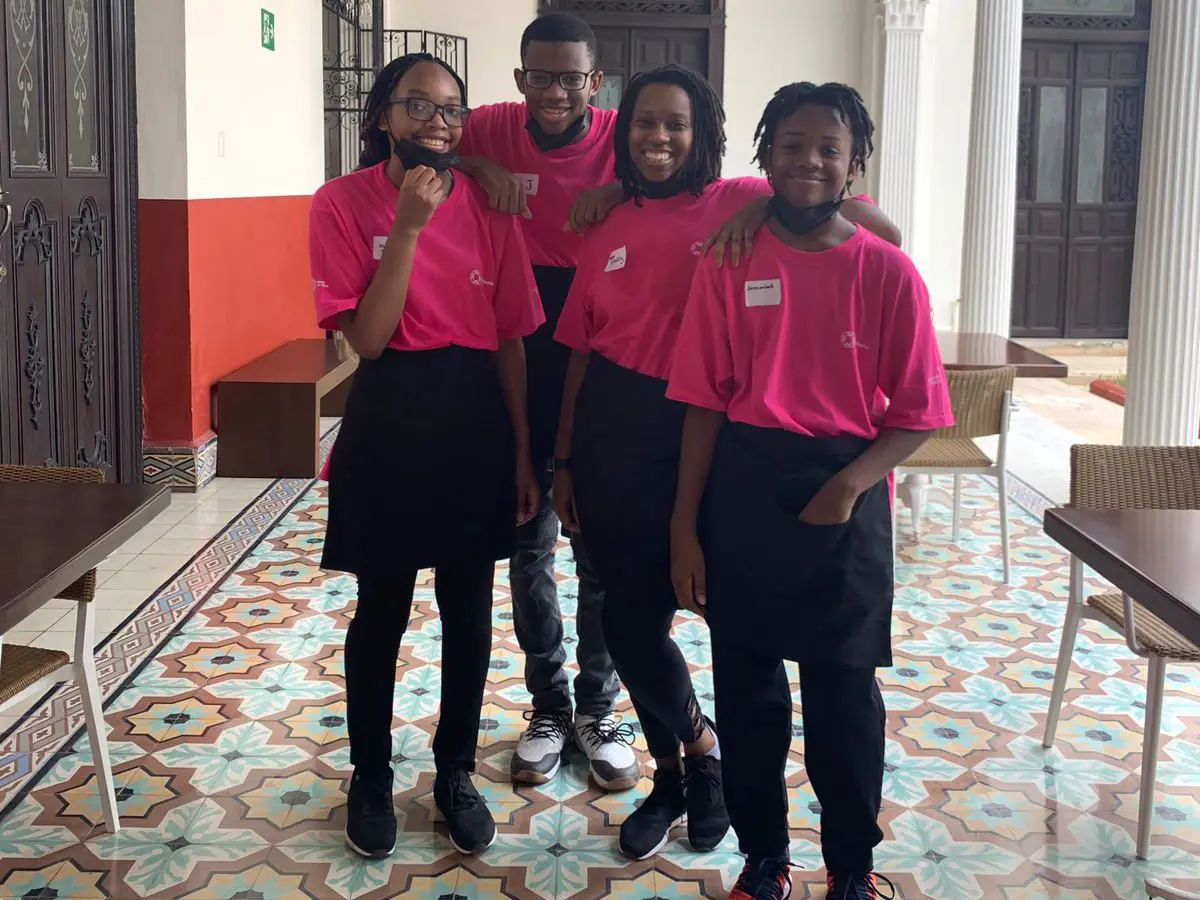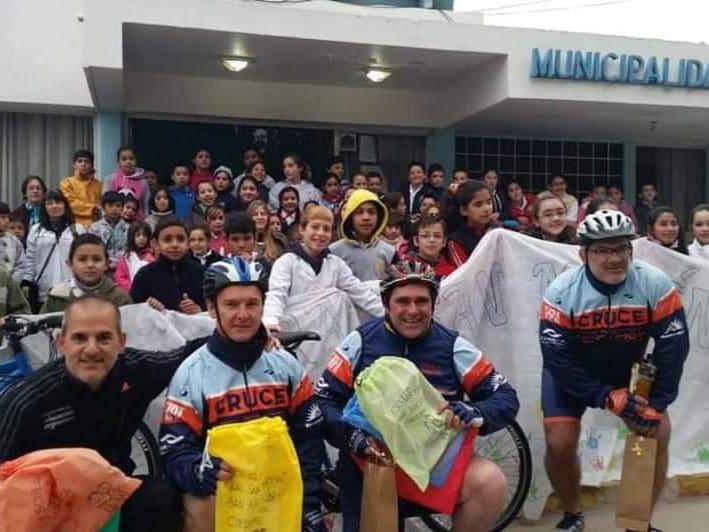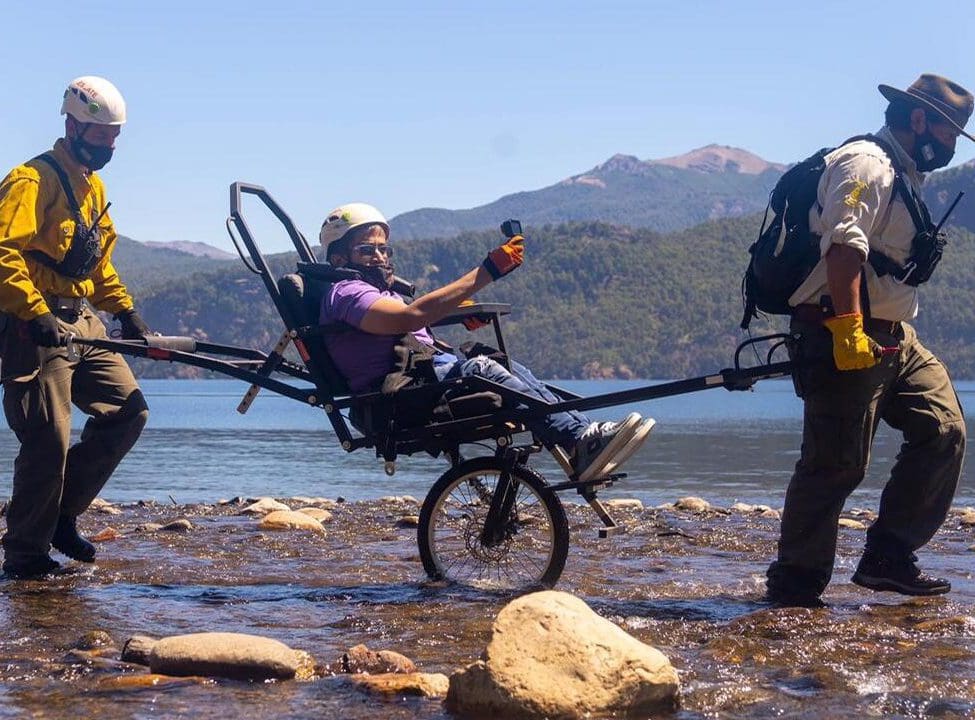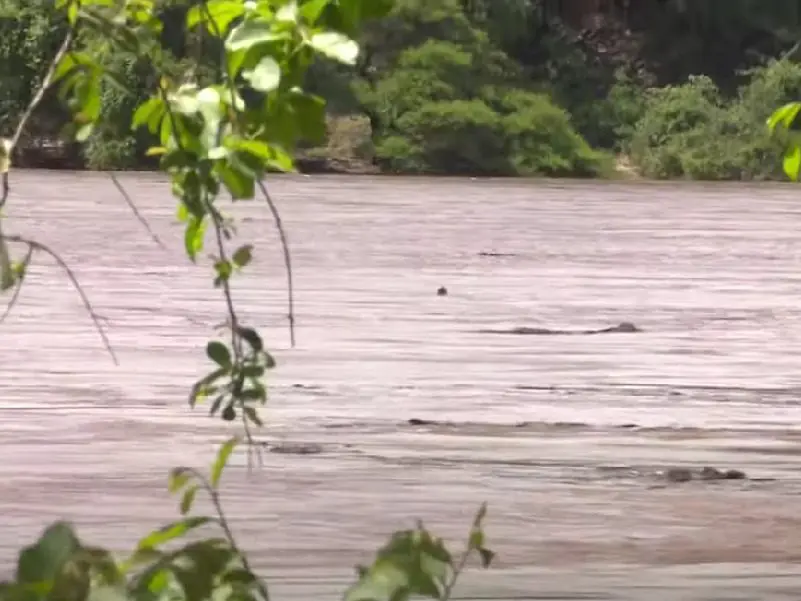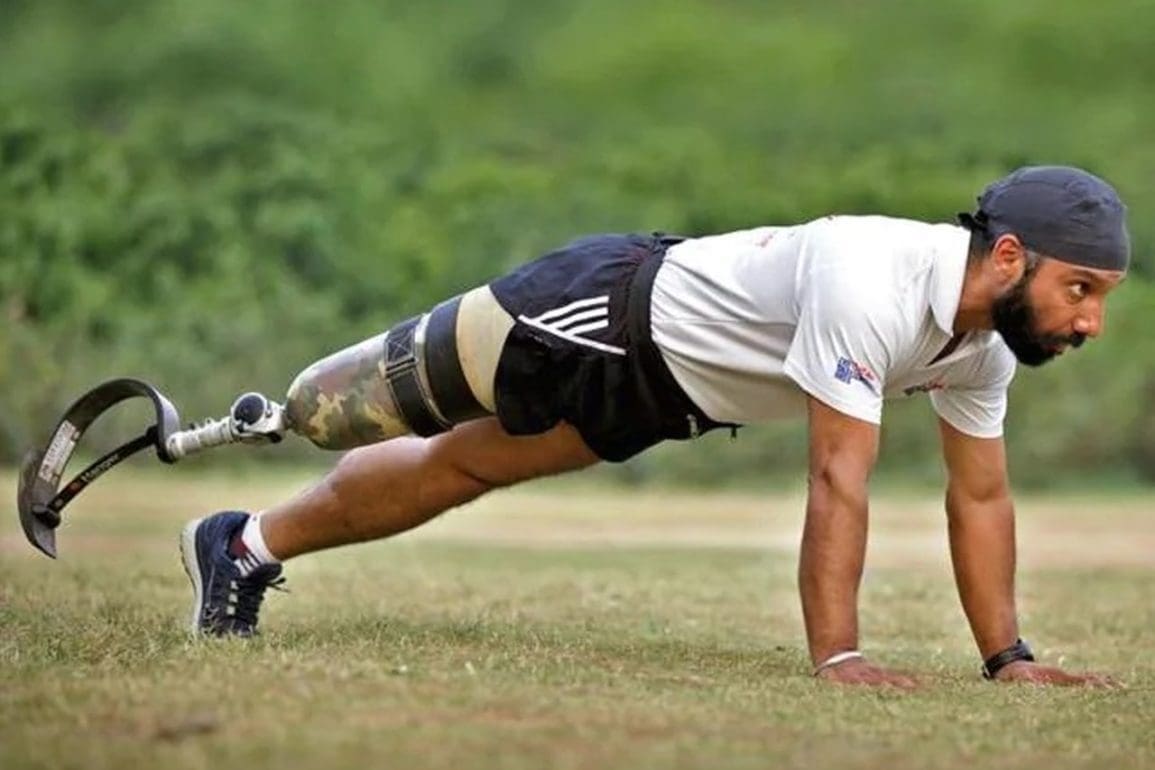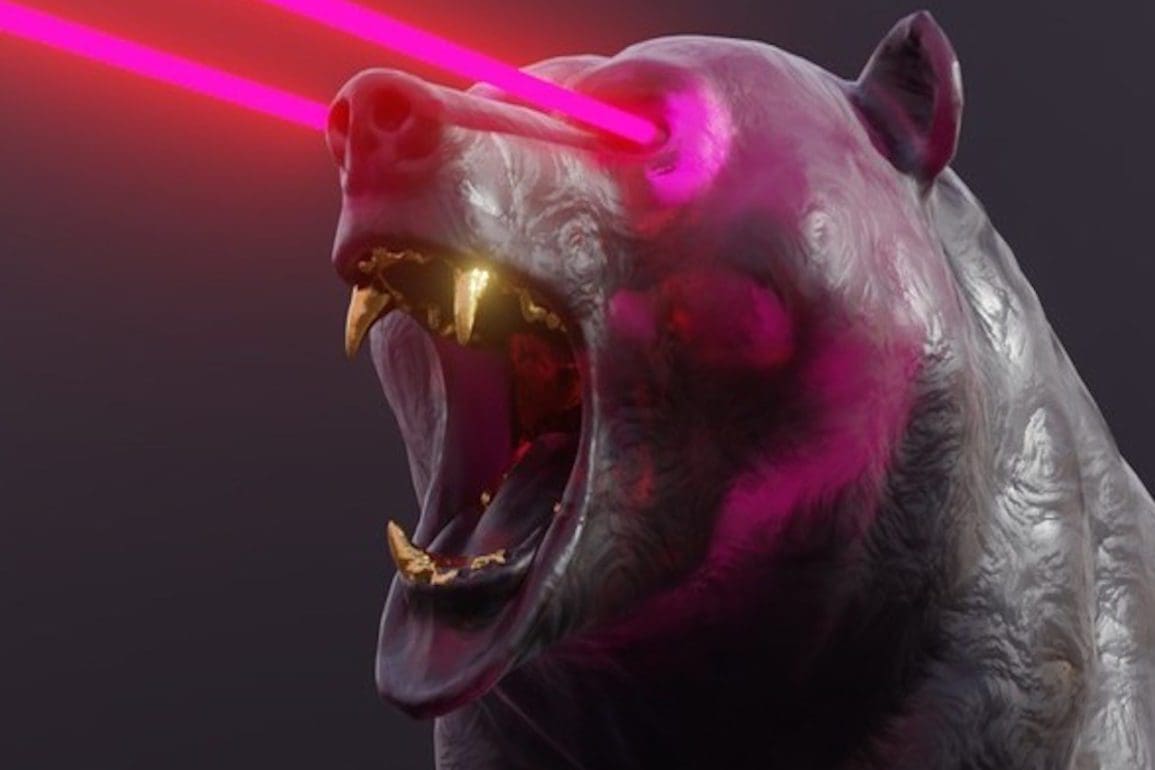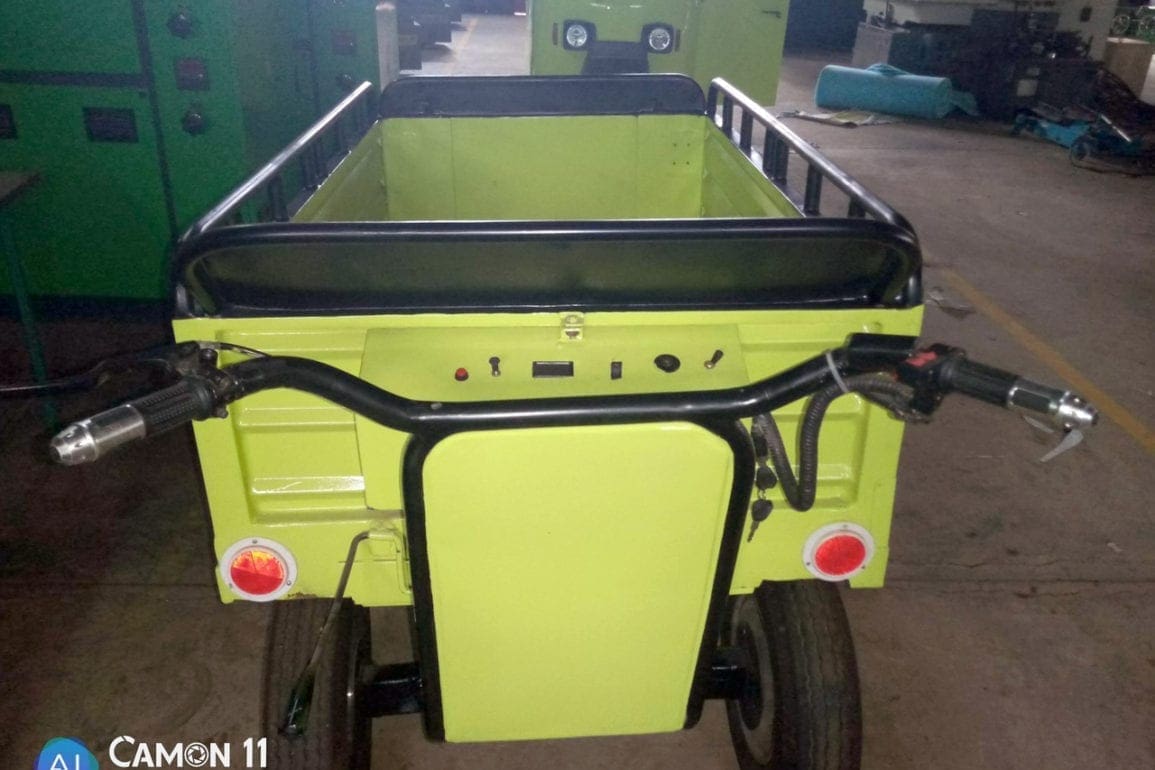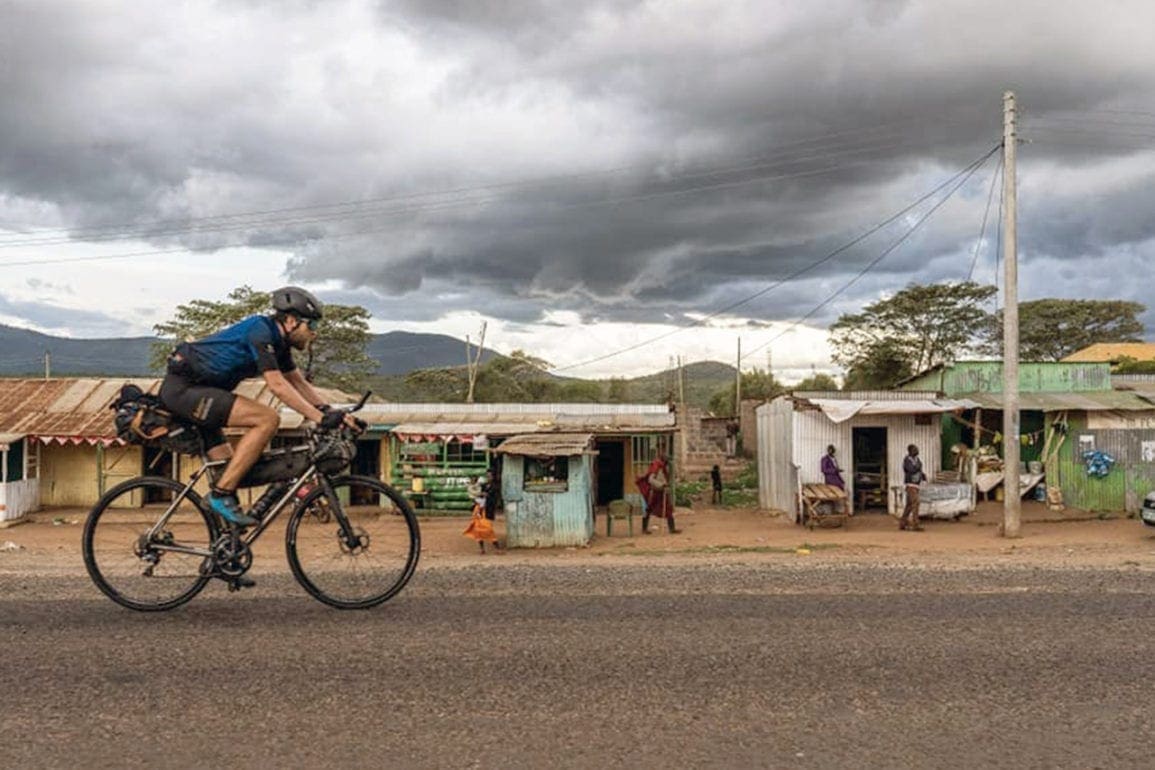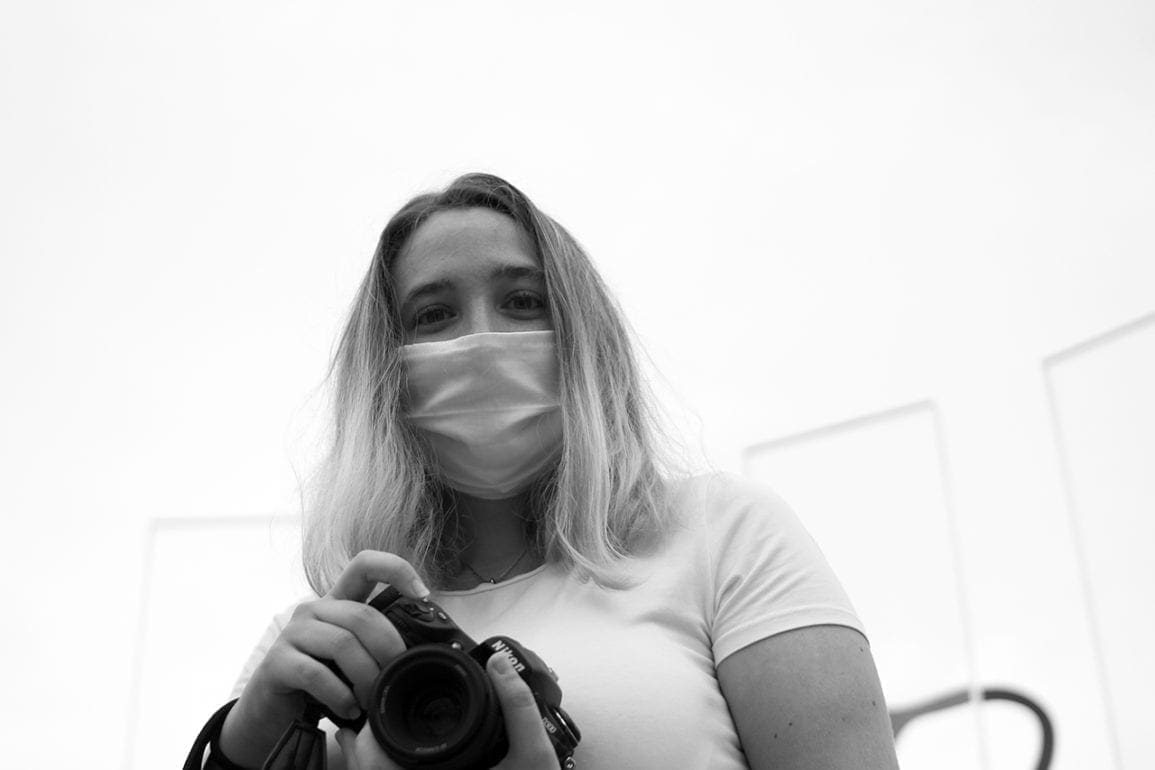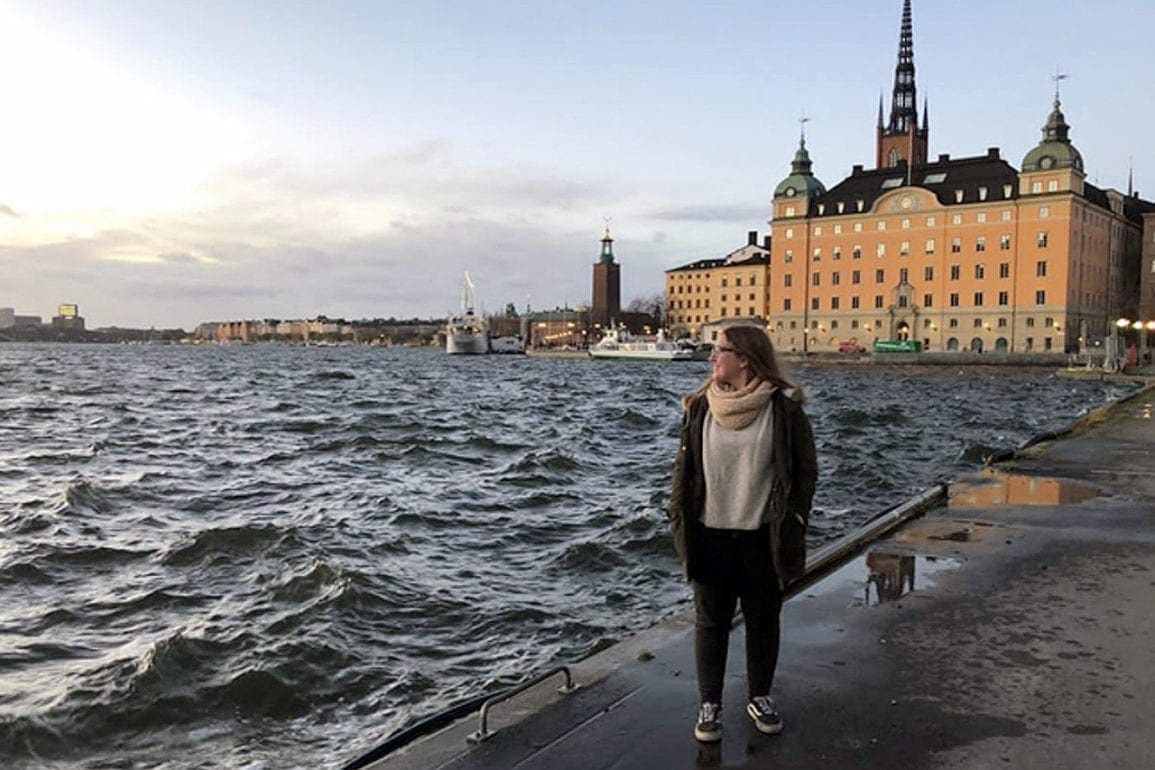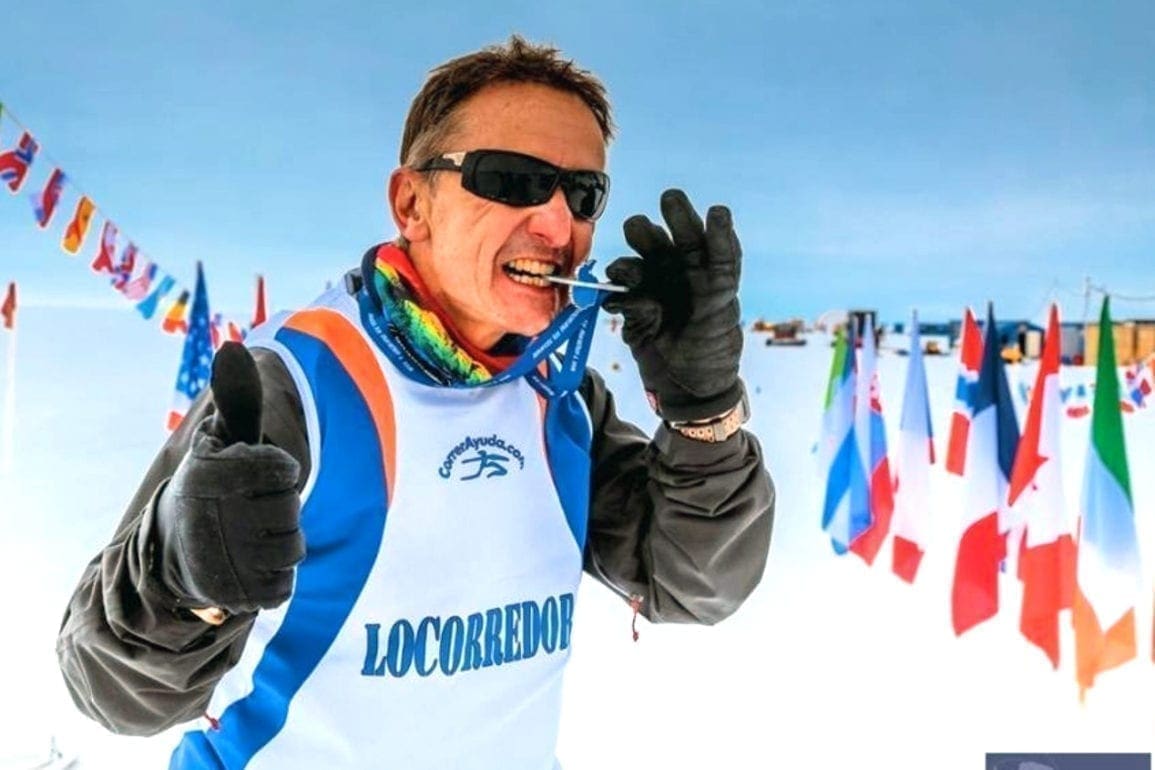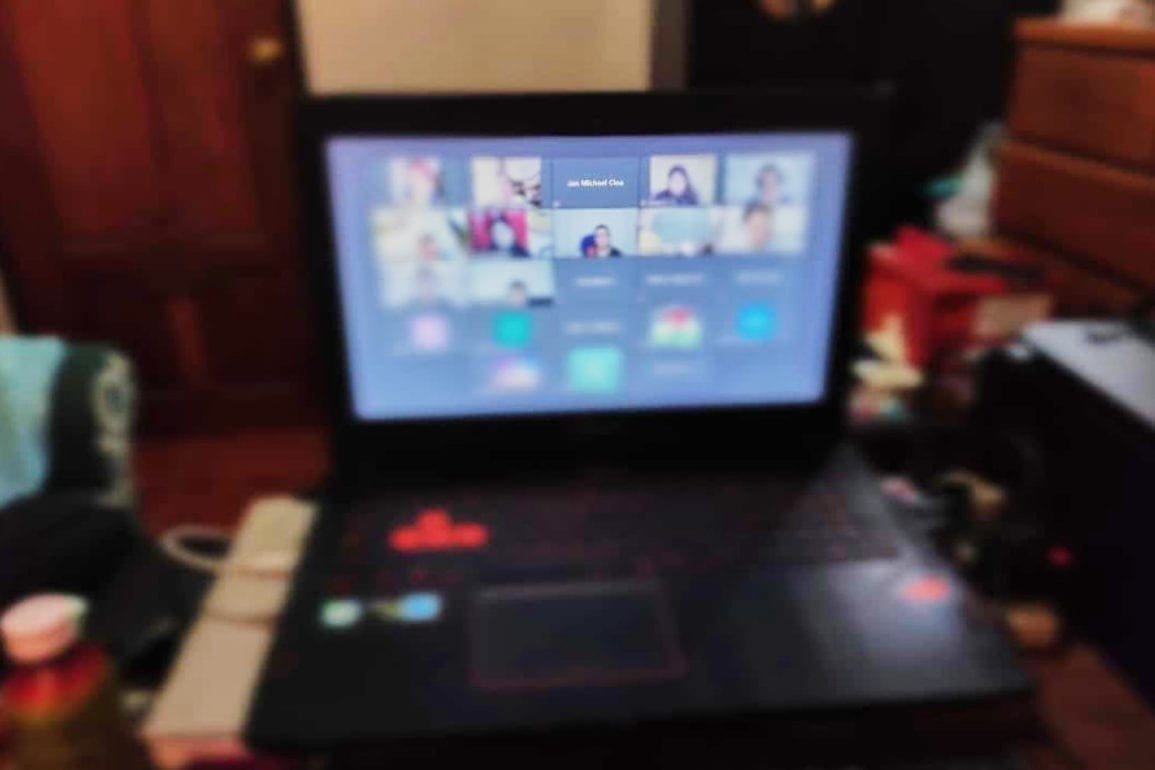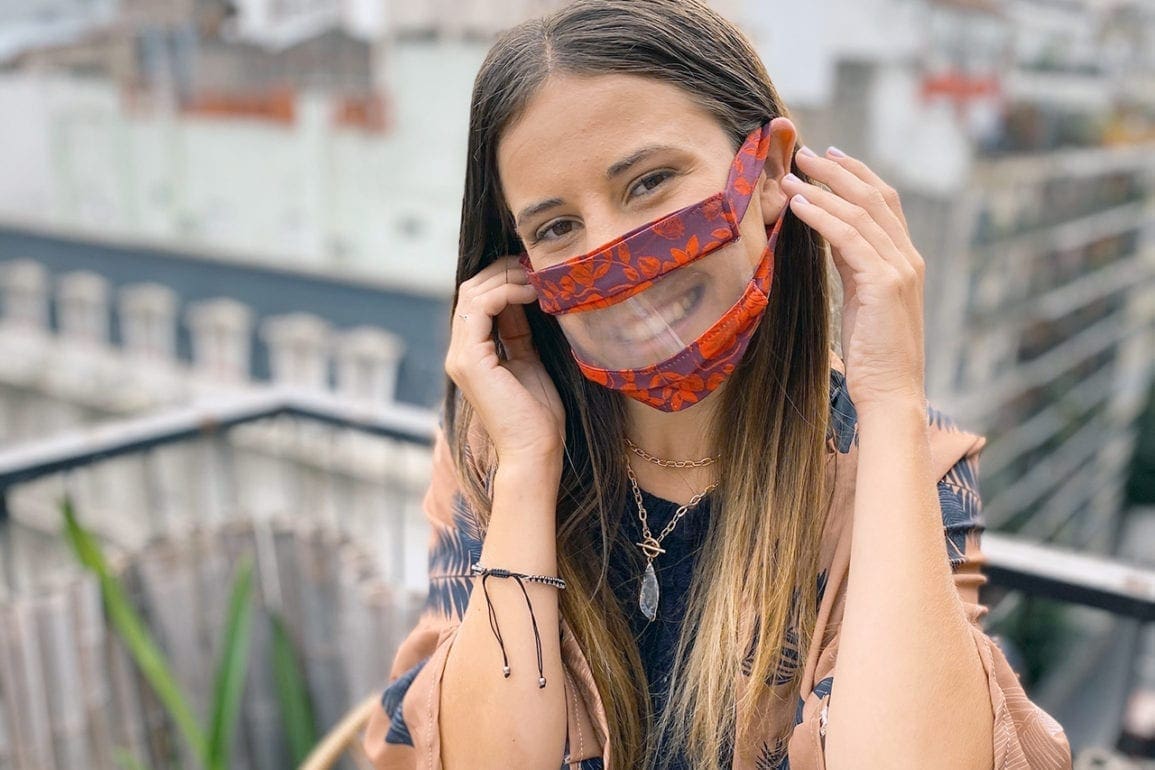Airplane dives mid-flight, passengers hit the ceiling and doctor springs into action
Suddenly, a sharp jolt sent a strange tingling sensation through my stomach. I looked up to see the passenger next to me briefly suspended in mid-air, weightless and in slow motion.
- 2 years ago
April 29, 2024

AUCKLAND, New Zealand — As I sat next to my daughter on our flight from Sydney to Chile, my mind wandered to the intense journey we were on. The trip to see my stepdaughter, who I cared for from the age of five to 20, just became a mother but lost her mom, my ex-wife. Far from home, she felt alone and needed us more than ever. I wanted to give my step-grandson all the love and support I could muster.
On the way toward our layover in Auckland, the plane’s cabin remained silent. The clear blue sky outside the window promised a smooth journey. With my seatbelt securely fastened, I absorbed myself in a movie on the screen in front of me. Then, suddenly, a sharp jolt sent a strange tingling sensation through my stomach. I looked up to see the passenger next to me briefly suspended in mid-air, weightless and in slow motion. Then, as quickly as it began, chaos ensued. He hit the ceiling and crashed down onto the floor.
Read more travel stories at Orato World Media.
In-flight technical incident: passengers hit the ceiling
Everyone seemed caught off guard as cell phones, tablets, headphones, and backpacks hurtled through the cabin, turning the space into a whirlwind of flying objects. On the floor, bewildered passengers groaned in pain, struggling to understand what they just experienced. I expected screams, but an eerie silence filled the cabin instead. Fear thickened the air, muting everyone. This calm lasted only a few seconds before the cries of babies shattered it, sparking us all into action.
A passenger approached the flight attendants, who seemed frozen and unsure how to react. We were left without directions, anxiously waiting for someone to take charge. Finally, the head flight attendant took the microphone, her voice cutting through the tension as she attempted to bring order to the chaos.
The attendant called for medical professionals, and I, along with two colleagues, stepped forward. One was an Argentine doctor who specialized in emergencies. I attended to a crew member thrown to the back of the plane. He was dazed and suffered from a dislocated shoulder. We managed the situation quietly, without any panic or screaming.
The medical equipment on board struck me as more suited for a hospital than an aircraft. It included tools for intubation and treating cardiac arrests, clearly meant for anesthesiologists or therapists who use these instruments daily. Curiously, we found almost no bandages, which we needed most. Incidents like this cause bruises and cuts, not conditions that require advanced medical intervention.
Early theories of what caused the in-flight incident
My daughter noticed a woman lying in the aisle next to her seat. A larger woman, she was unable to stand and needed help securing her position. We used seat belt extensions to stabilize her so she wouldn’t shift during the rest of the flight. Tightly secured and assisted by two people, the woman made it safely to Auckland.
During the chaos, strangely, I felt unafraid. To some extent, I found the situation engaging. I can say that now, knowing we faced no serious injuries. My day-to-day work as a doctor involves deliveries and surgeries rather than bandages or immobilizations. So, I tapped into my creativity to manage an unexpected situation and it felt refreshingly challenging.
Upon landing, I witnessed a large-scale operation unfolding at the airport with ambulances and paramedics ready and waiting. As soon as the airplane stopped, they boarded, communicated urgently, and started transporting the injured to a medical facility.
Suddenly, I saw the pilot’s door open, revealing his terrified expression. Since the passengers did not experience severe injuries, I speculated his concern stemmed from the potential repercussions of the incident. The prevailing theory suggests someone accidentally activated a control, perhaps by bumping into a button, that shifted the pilot’s seat.
[According to extensive reporting on the investigation of the incident, “The seat on the left side of the cockpit, with the captain in his position, began an involuntary movement forward.” “Investigators have not determined the reason for the movement of the captain’s seat, but state that there were no adverse weather conditions or turbulence affecting the aircraft.” The inquiry has not answered questions on whether the button on the back of the seat that allows the captain’s chair to move was defective or was pressed. The assumption is that the movement of the seat caused him to press the controls forward and create a dive.]
The aftermath: some passengers become distressed when flying again
The airlines postponed the second leg of our journey from Auckland to Santiago del Estero until the following day, leading to some grumbling amongst passengers eager to stick to their plans. Initially, no one seemed particularly shaken by our earlier ordeal. However, the mood shifted once we were all back on the plane and the doors had closed. Two passengers suddenly became visibly distressed.
I approached a young surfer who seemed particularly anxious. He said, “I need to run right now. I need to get out of here,” clearly stressed from the previous day’s events. To ease his anxiety, I taught him some breathing techniques and gave him a tranquilizer. Thankfully, he calmed down, allowing us to continue our journey to Santiago peacefully.
Despite everything, my rational side remains unshaken. I understand that flying is statistically safer than driving. This incident will not deter me from air travel. Instead, it underscores a belief I held since the passing of my ex-wife: life is uncertain, and we must seize the moments we have.
Travel remains a part of living fully. As an obstetrician and gynecologist, I used to feel guilt about traveling close to a patient’s due date. Now, I try not to fret. I know life goes on. This episode in Oceania will undoubtedly become a memorable story.

